
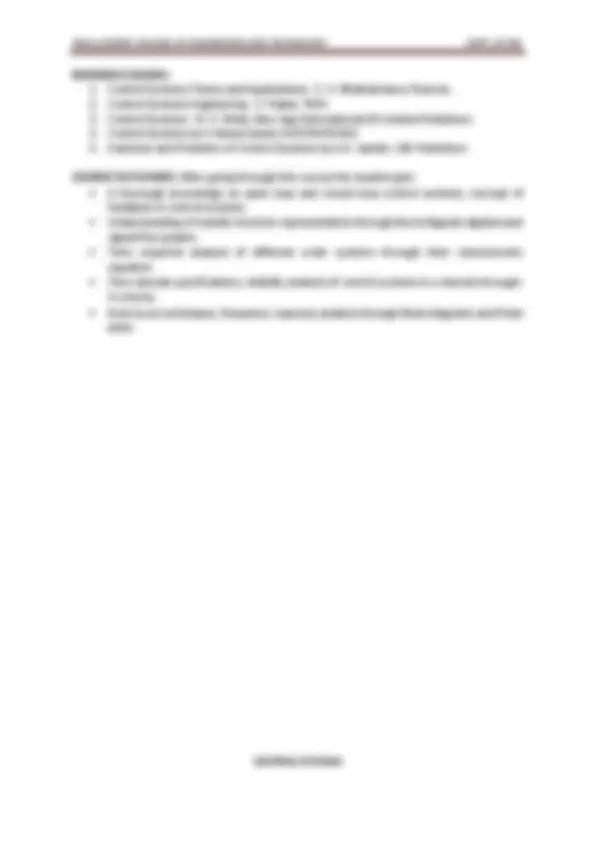
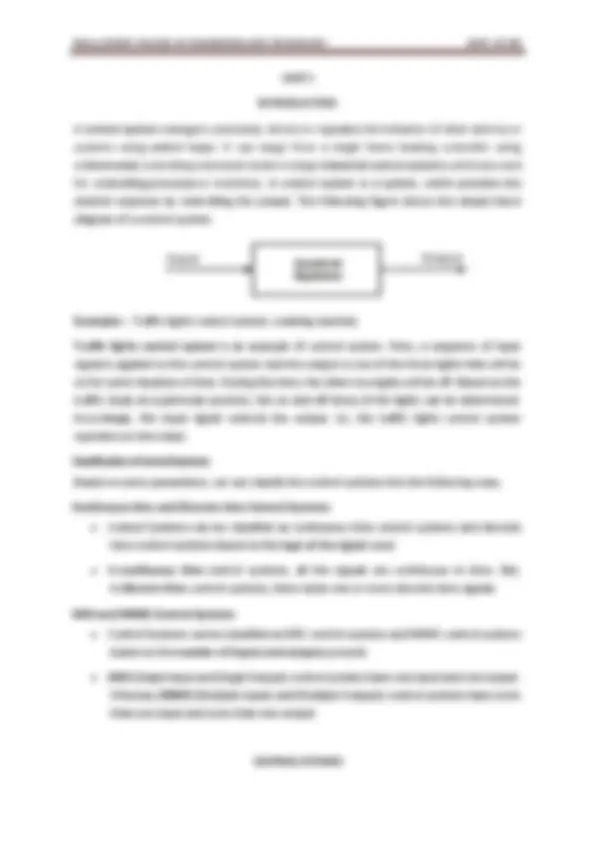
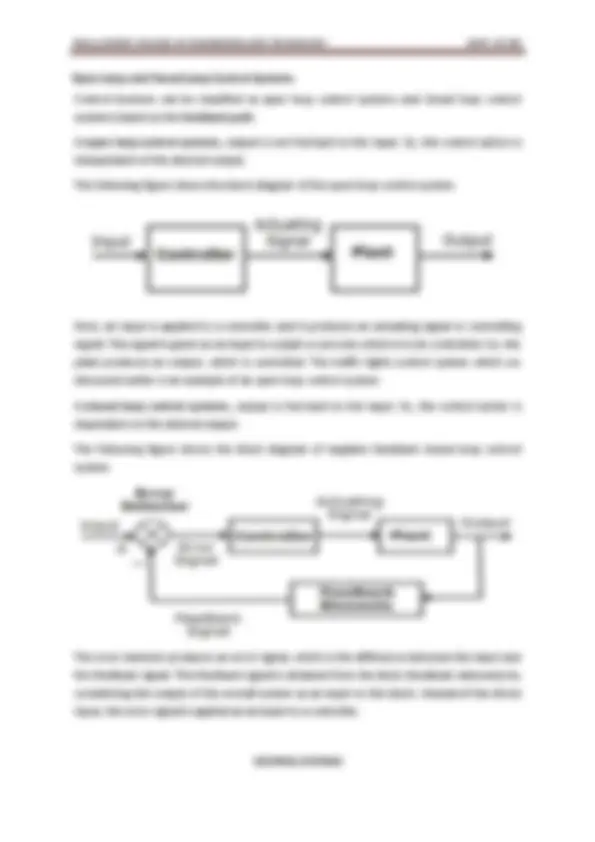
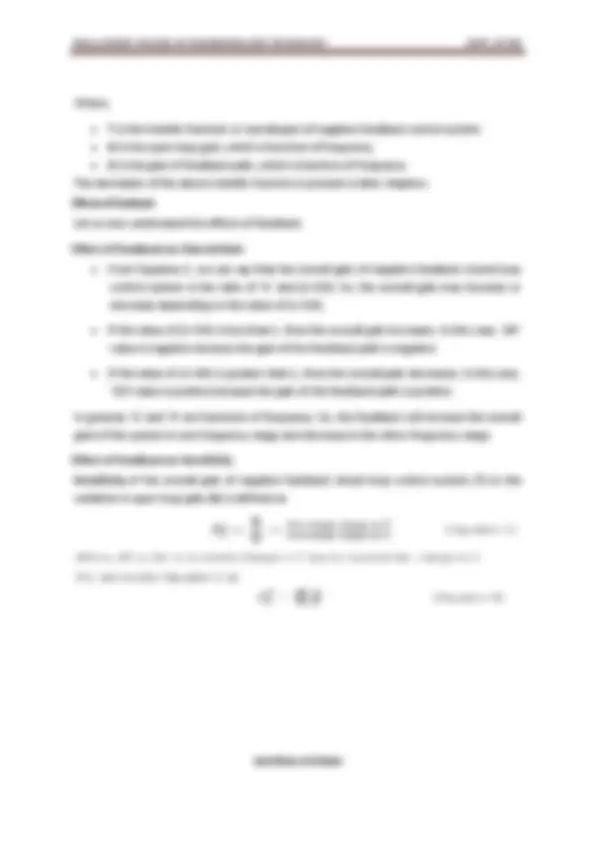
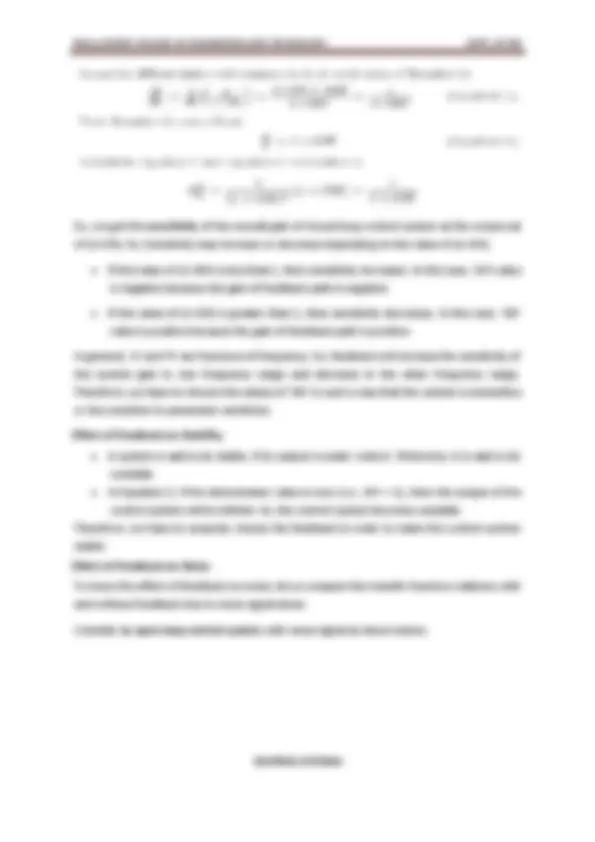
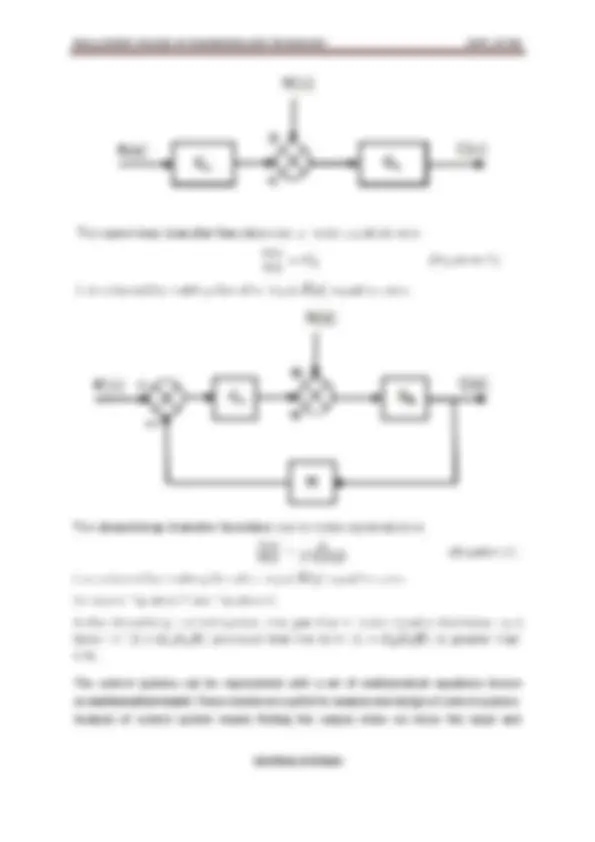
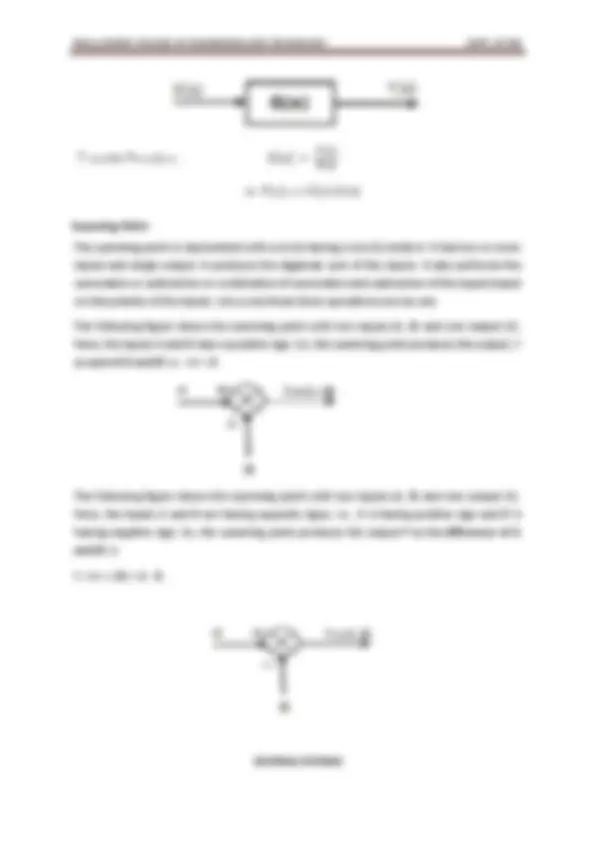

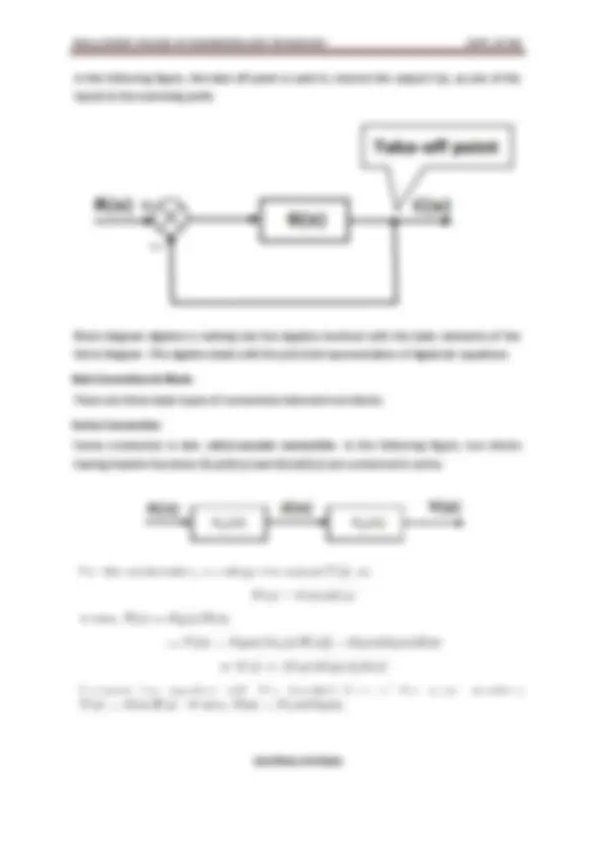
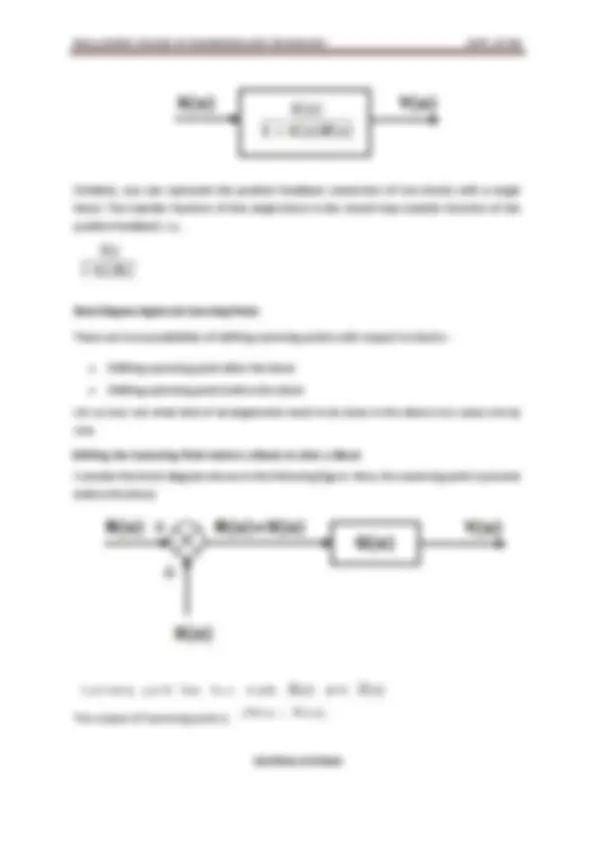
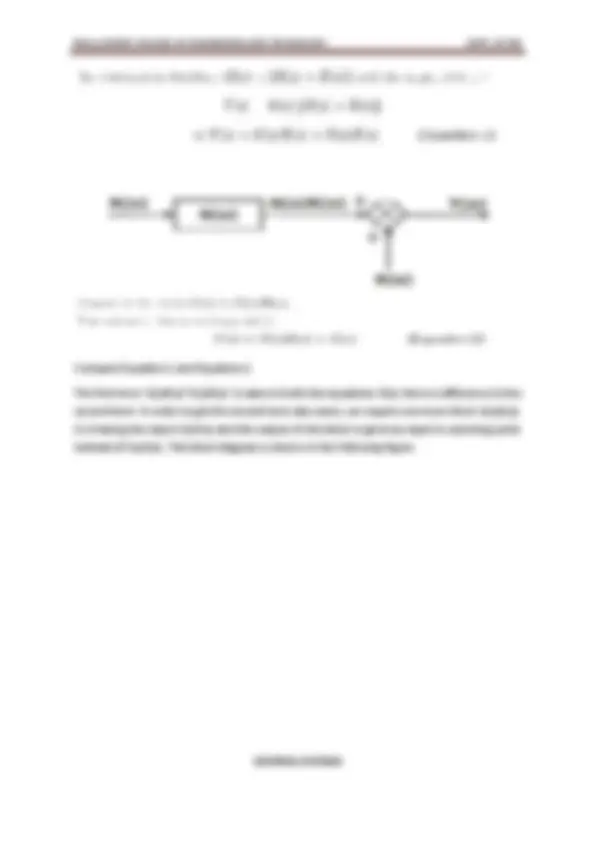
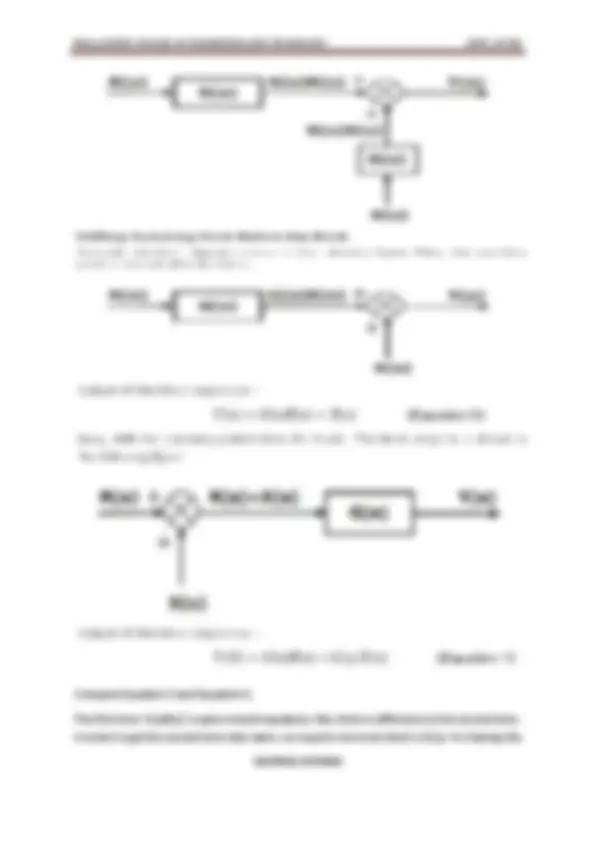
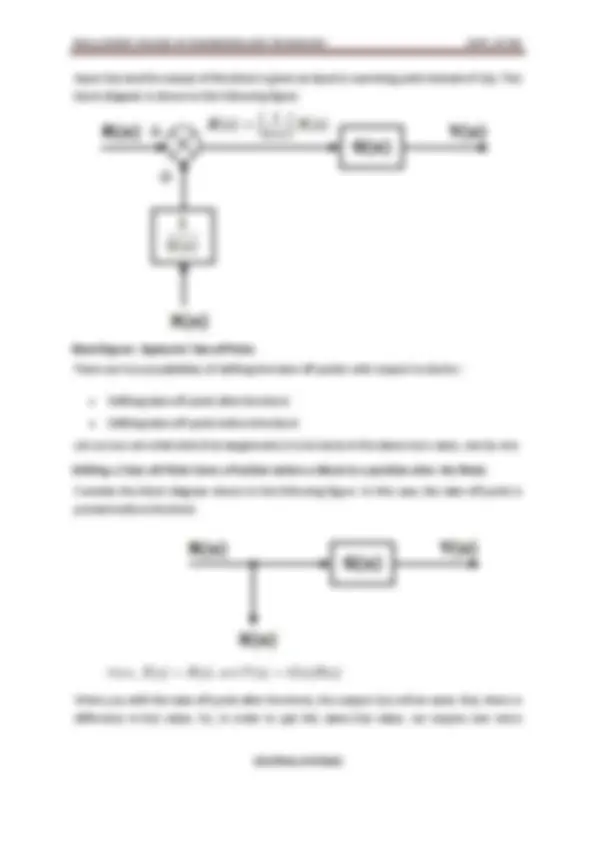
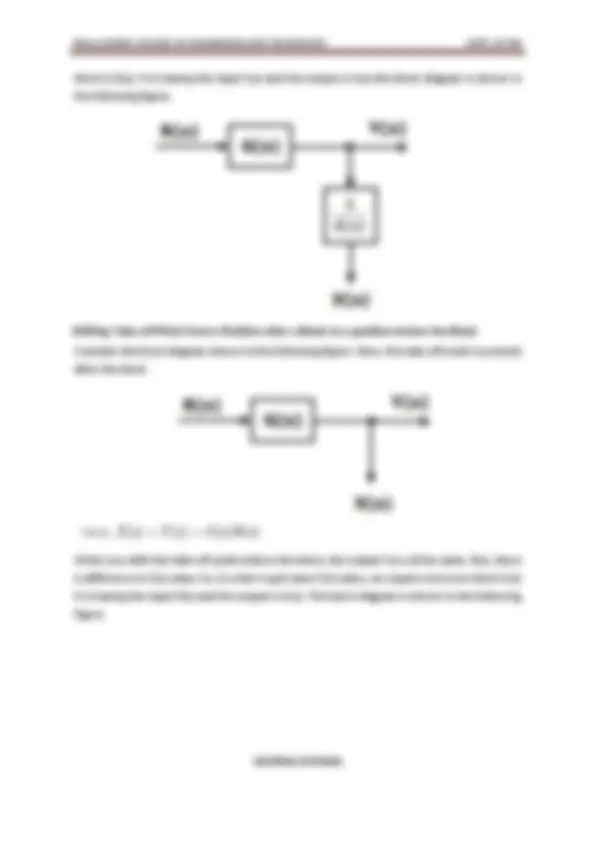
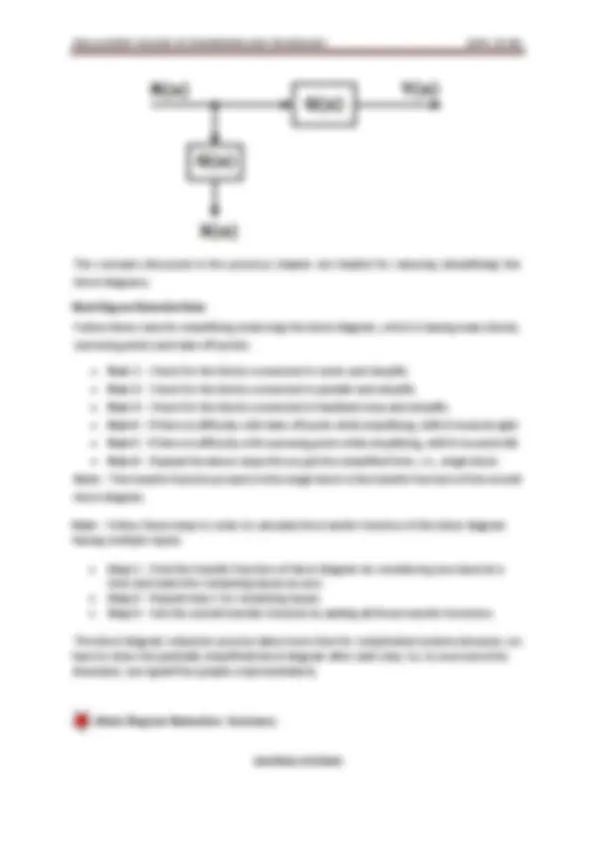
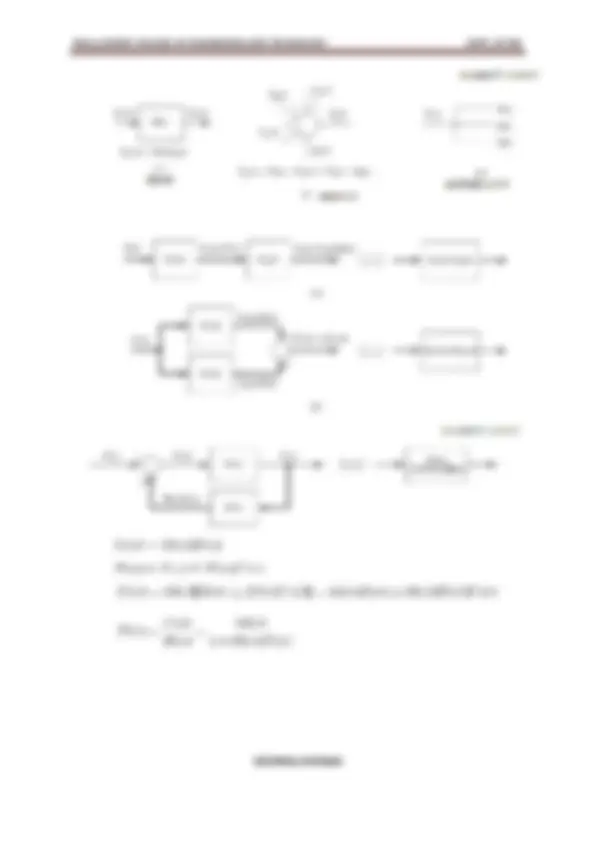
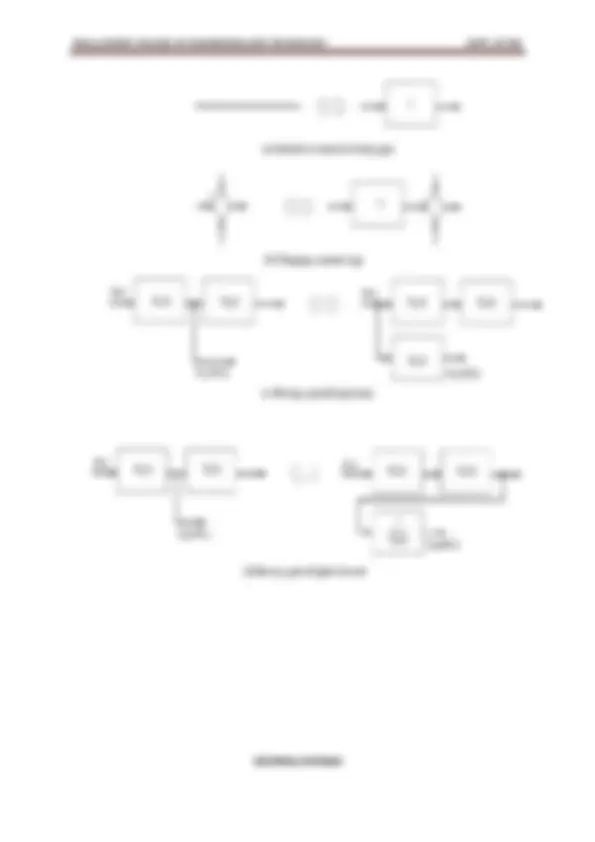
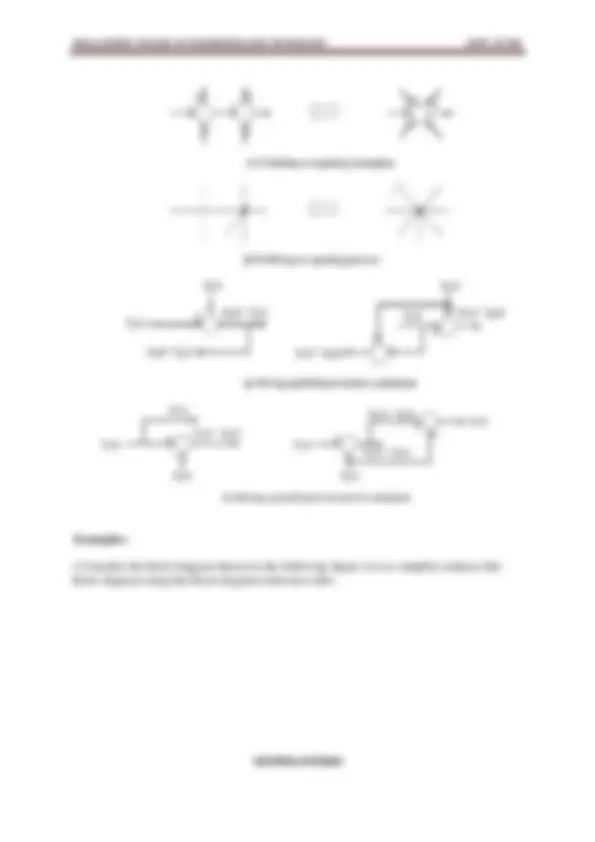
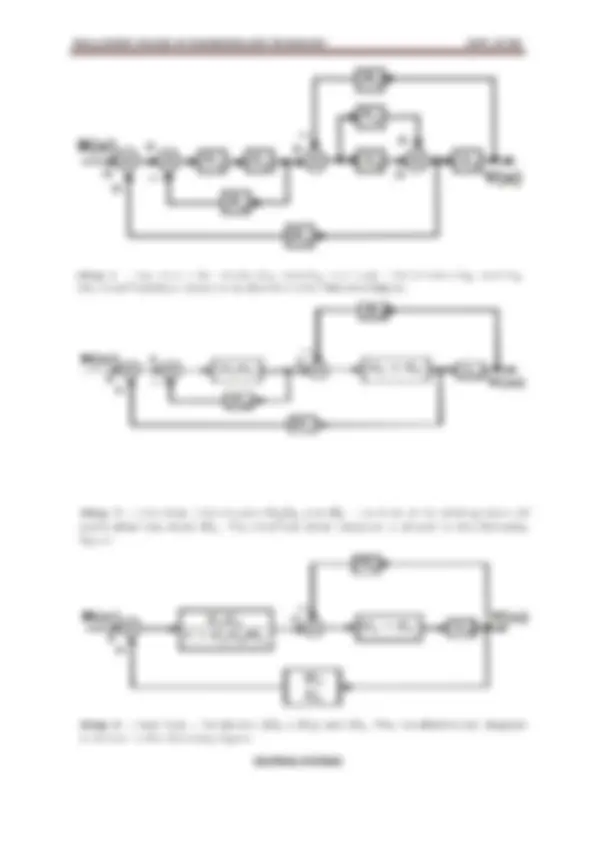
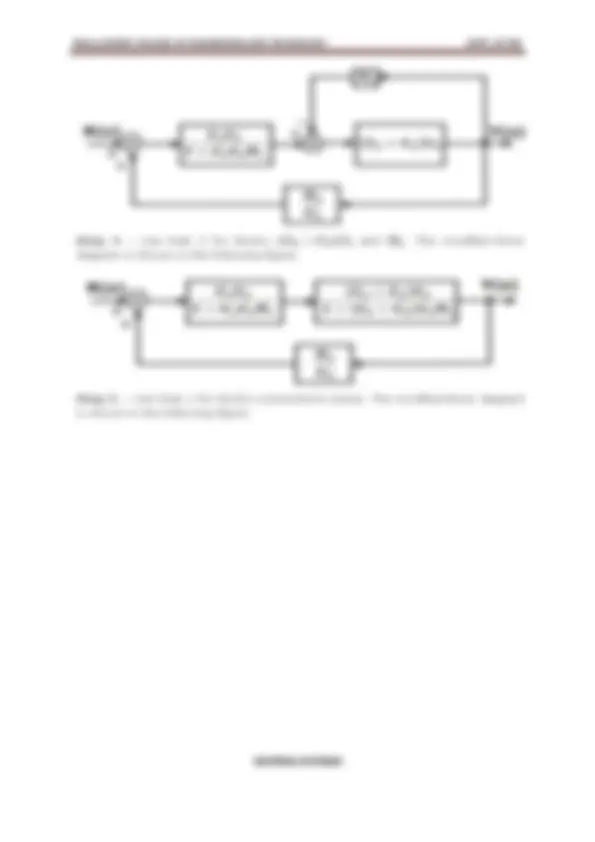
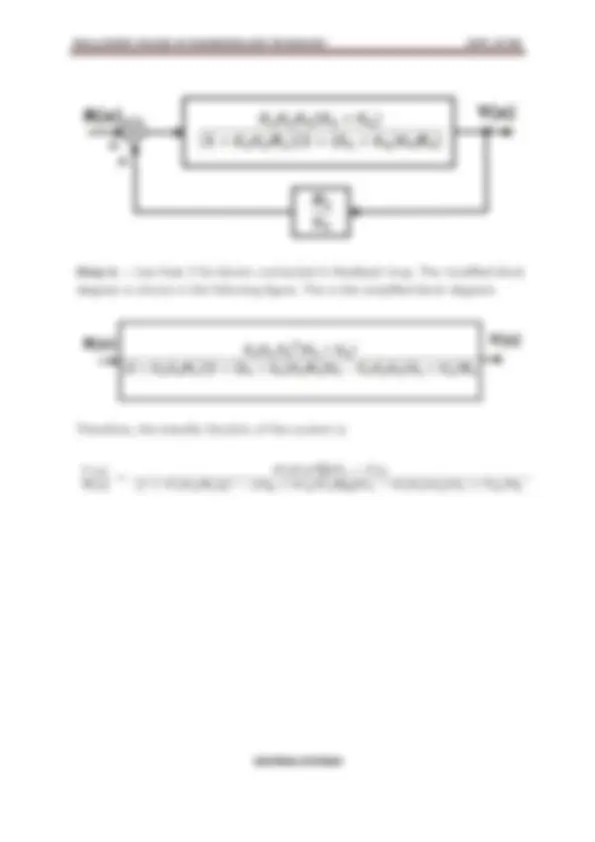
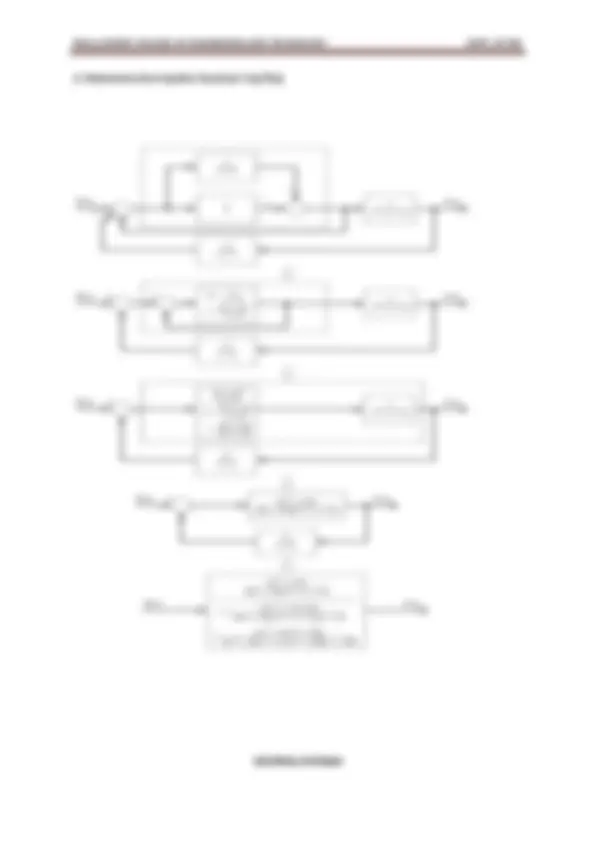

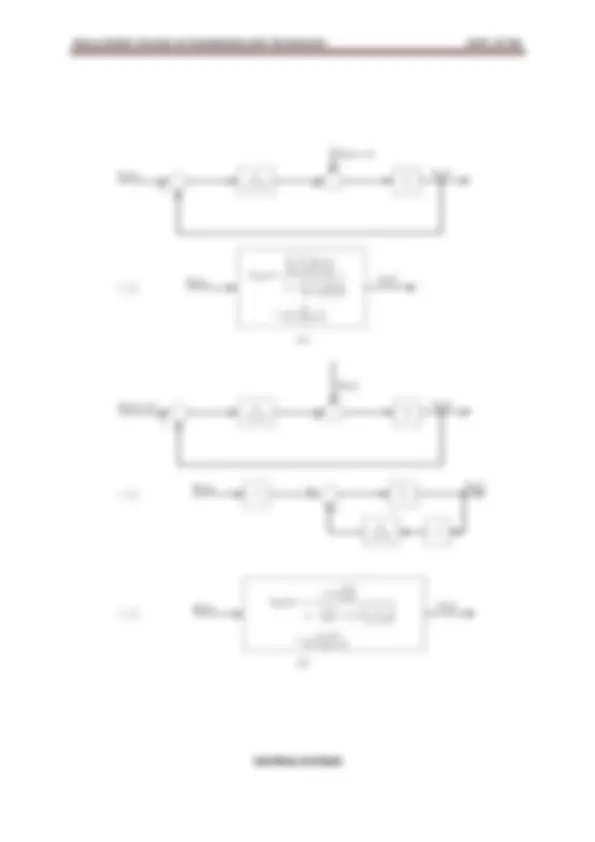
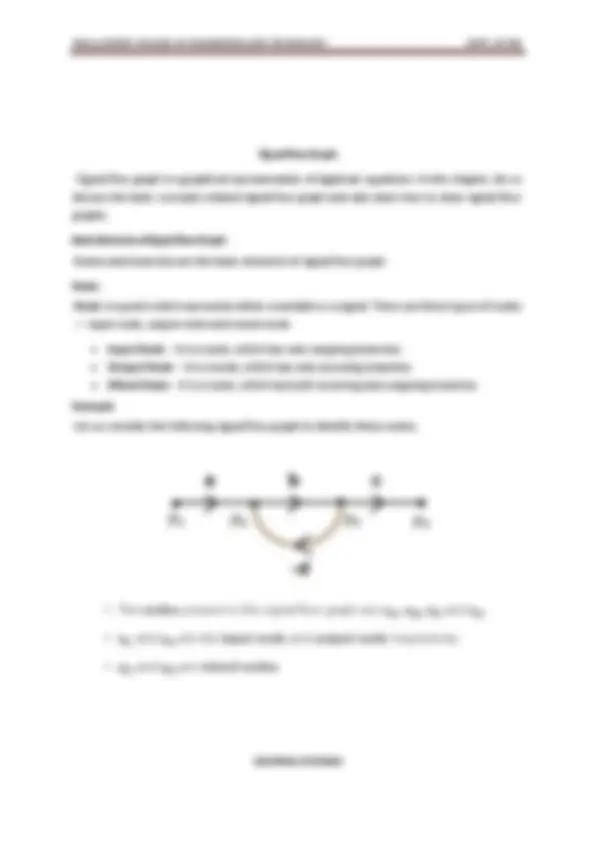
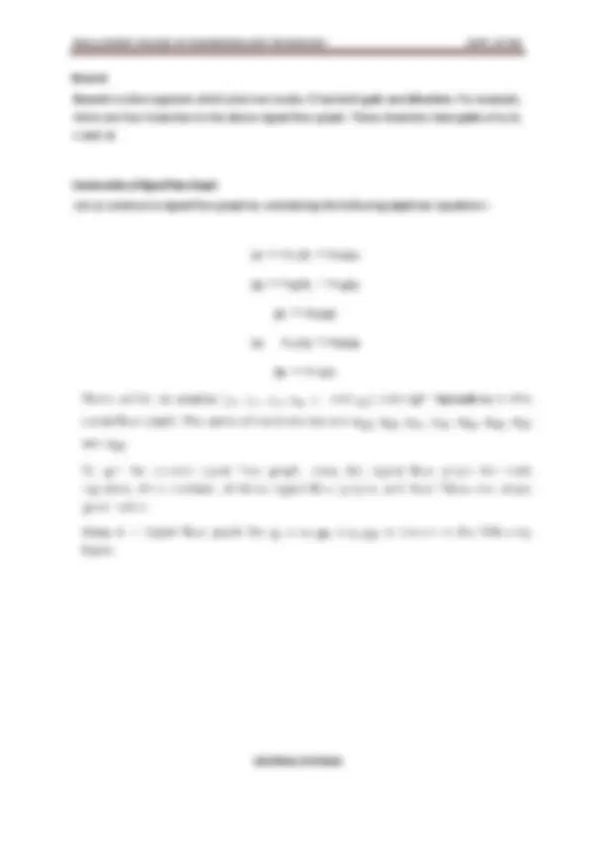
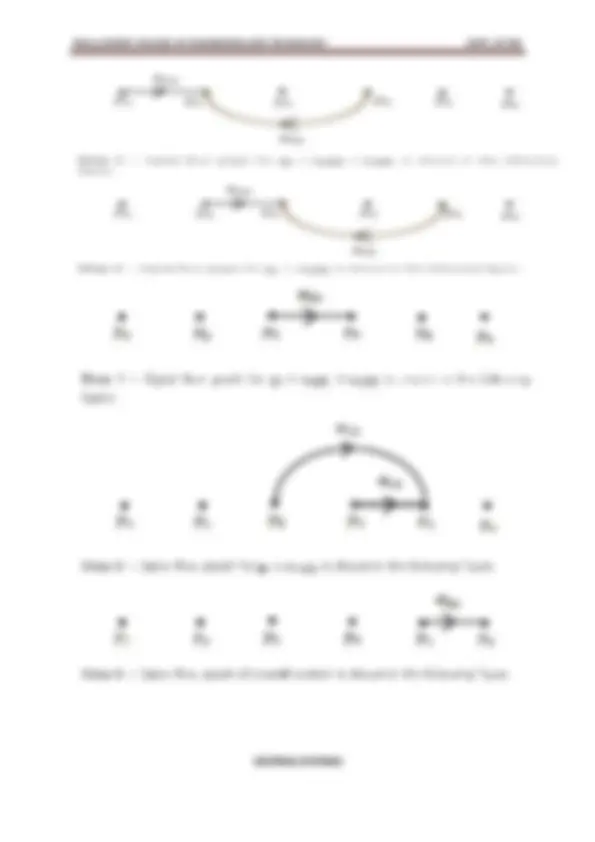
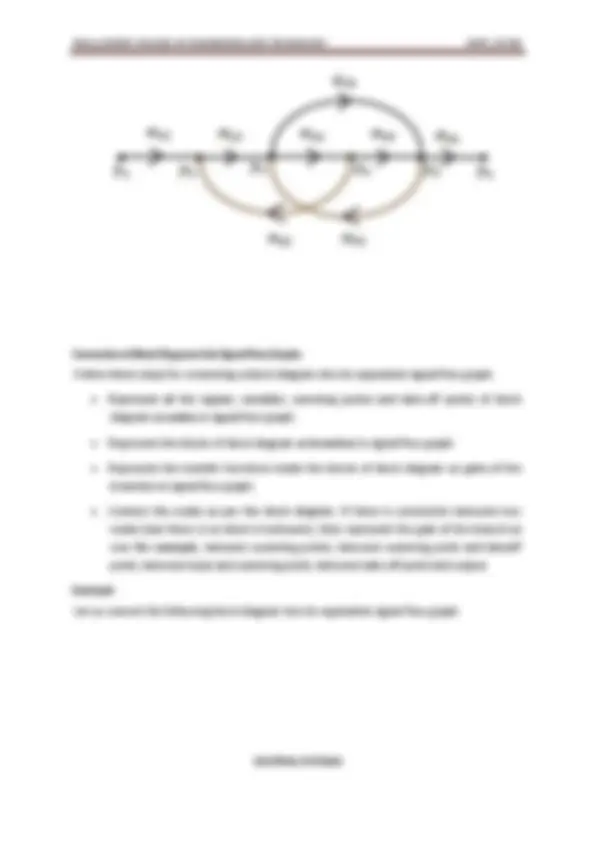
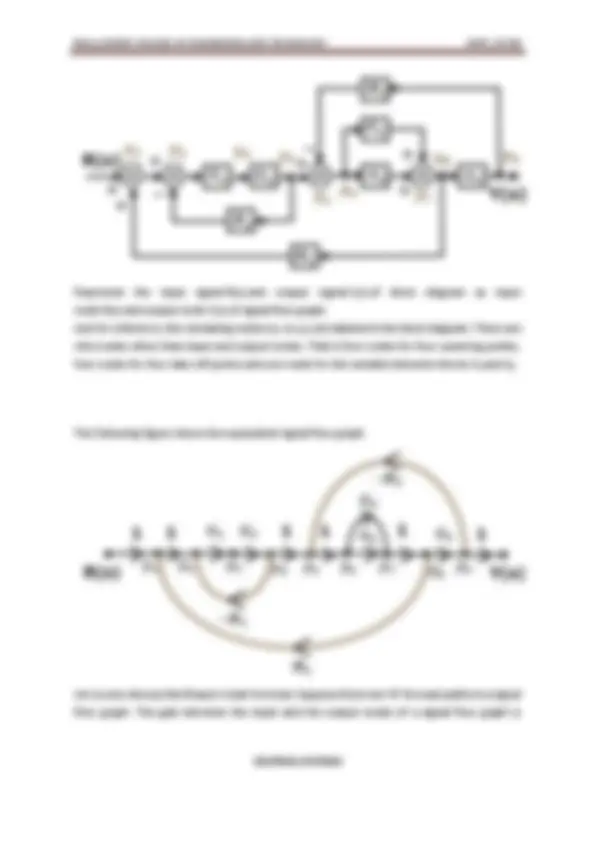
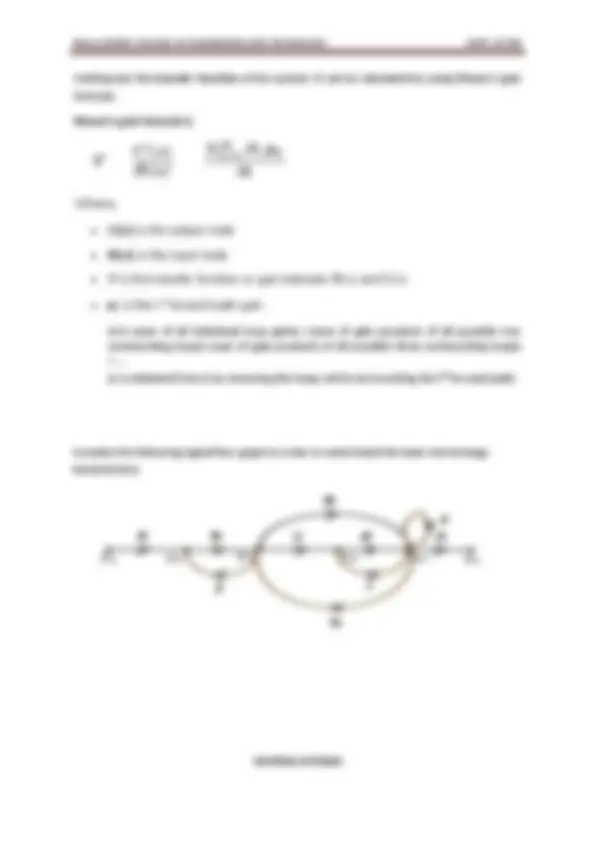
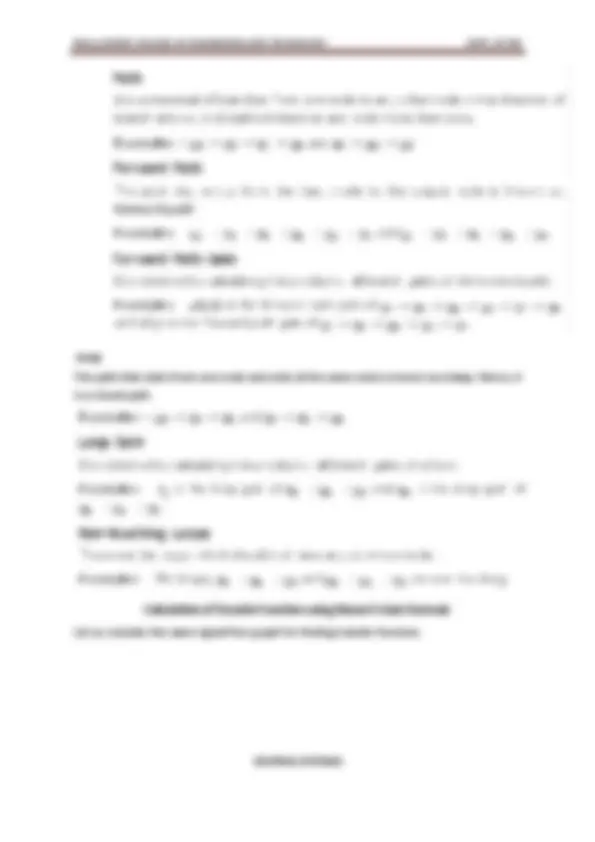
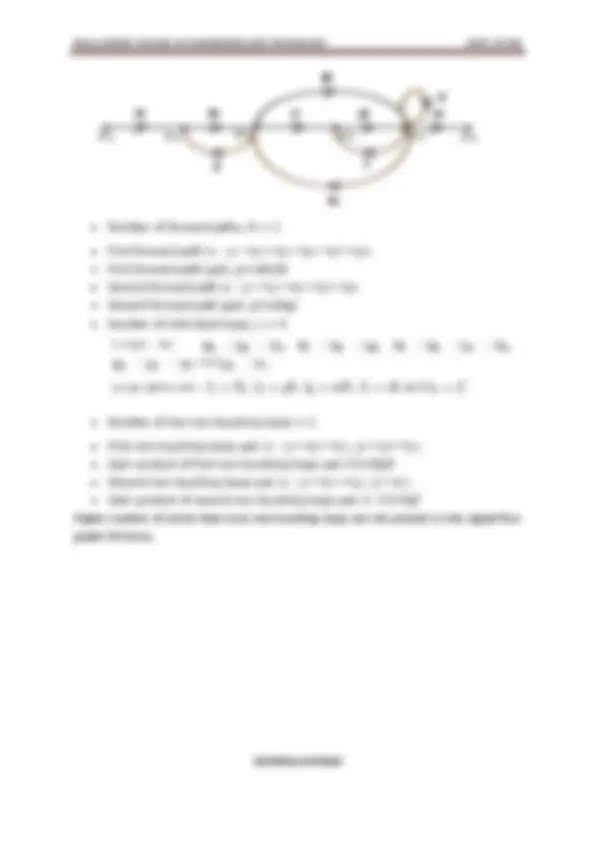
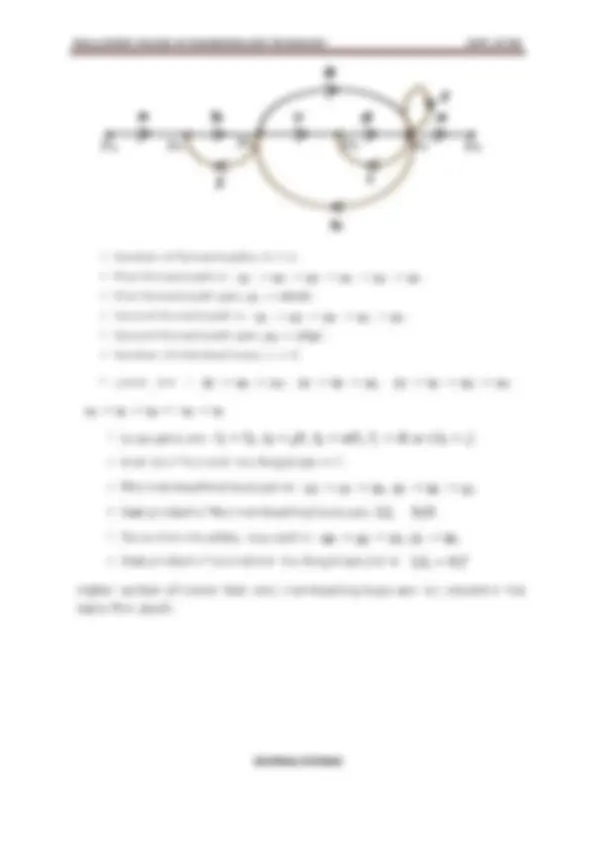
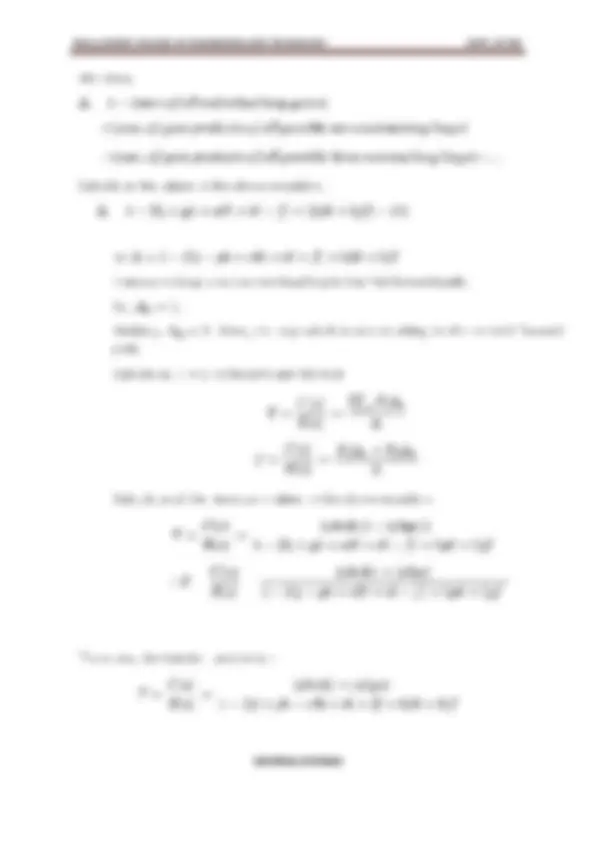
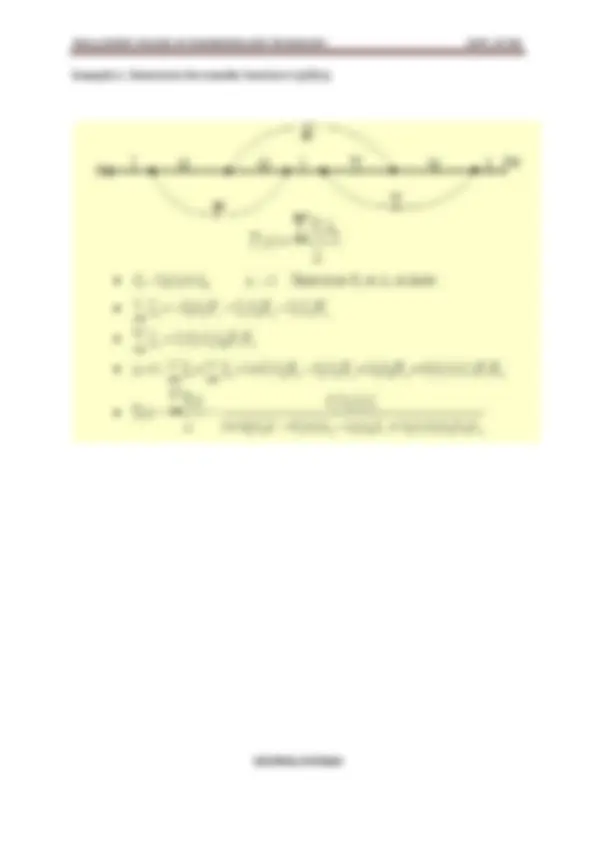
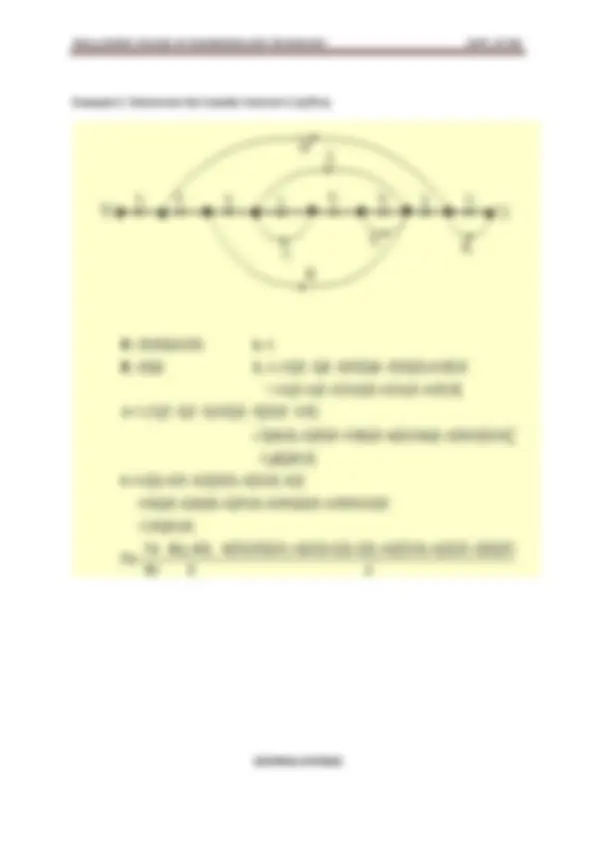
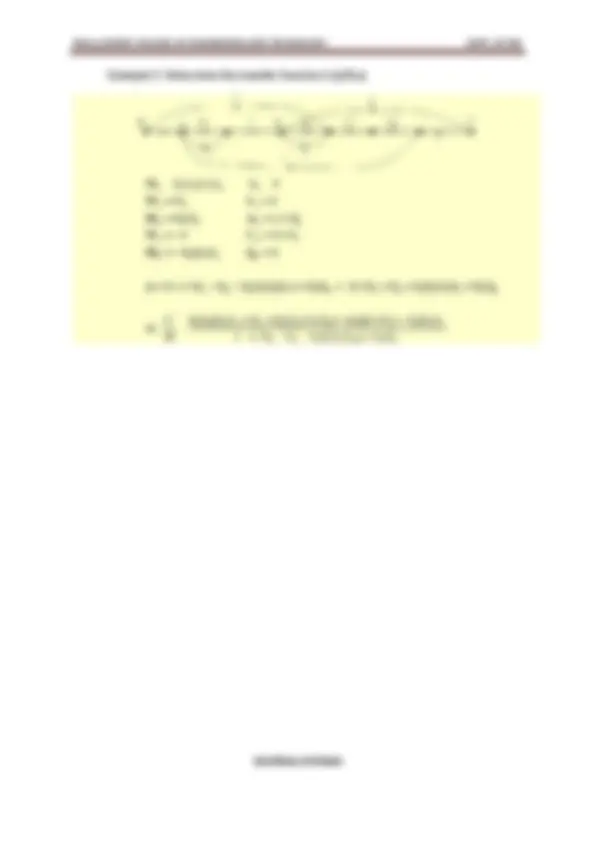
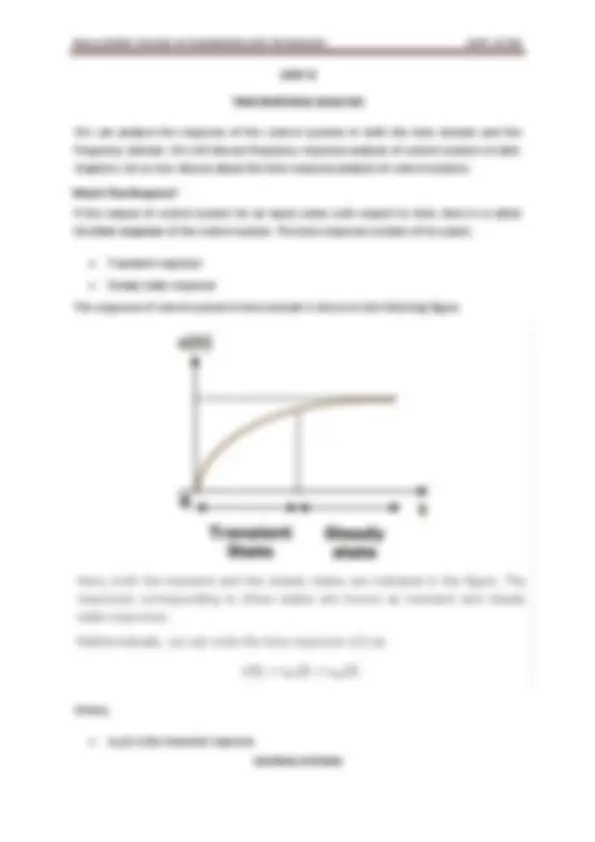
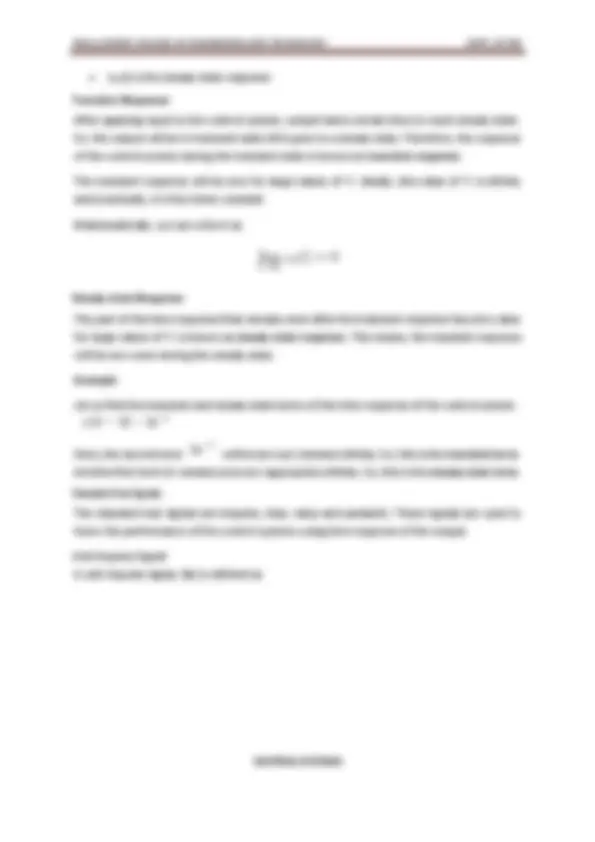
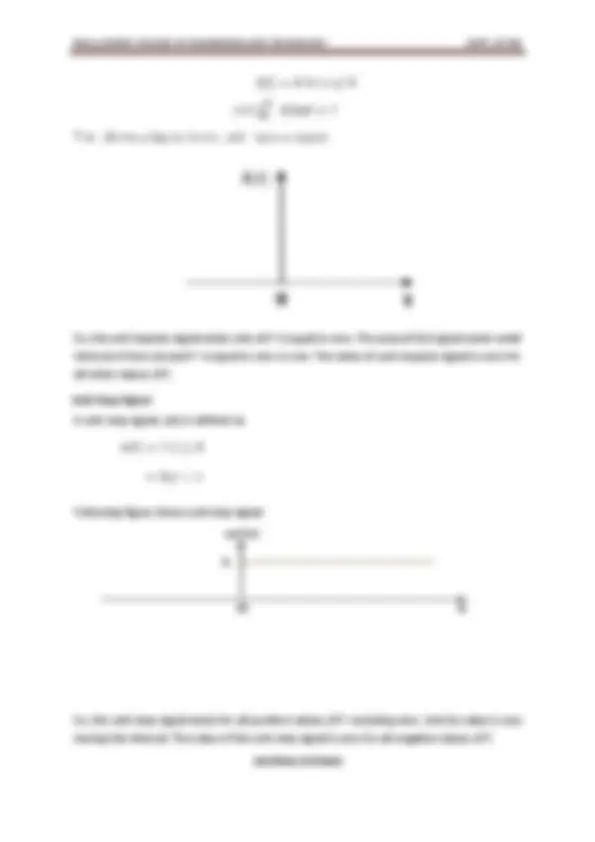
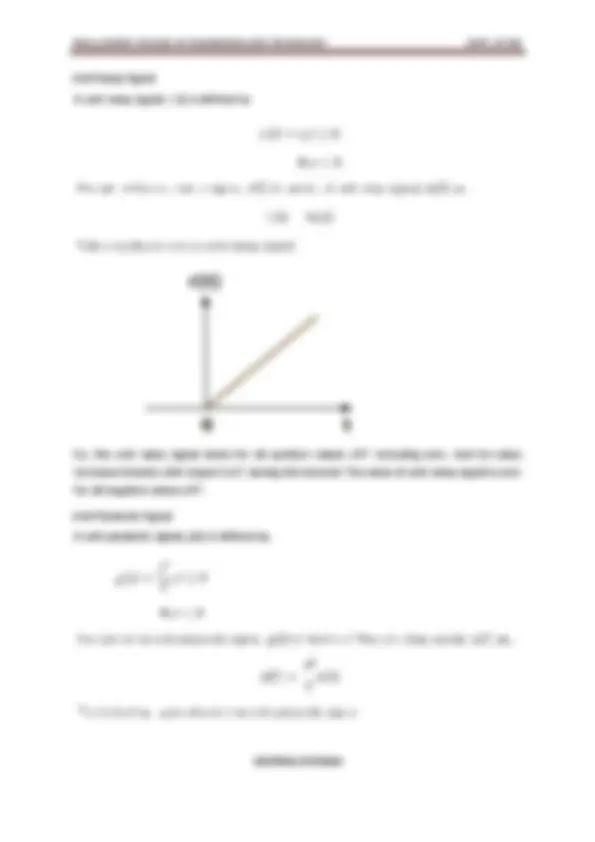
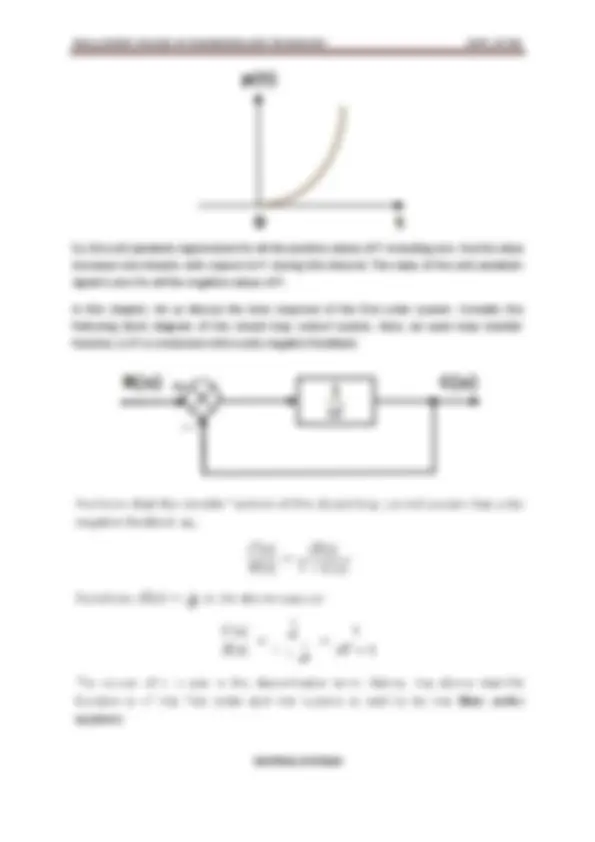
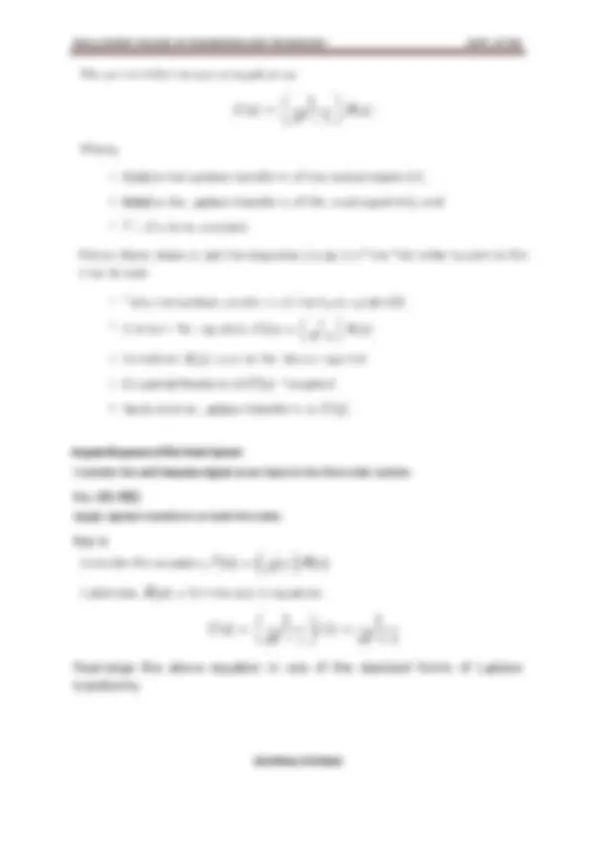
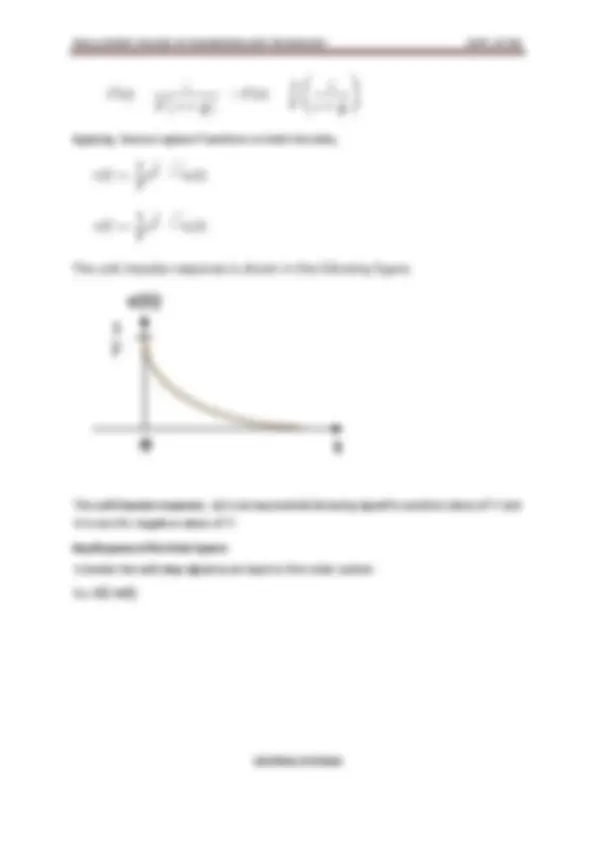
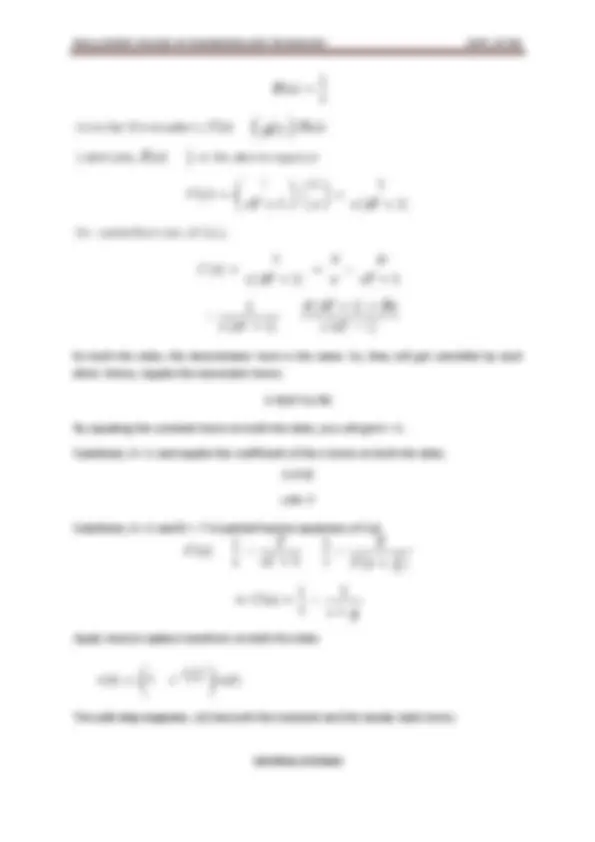
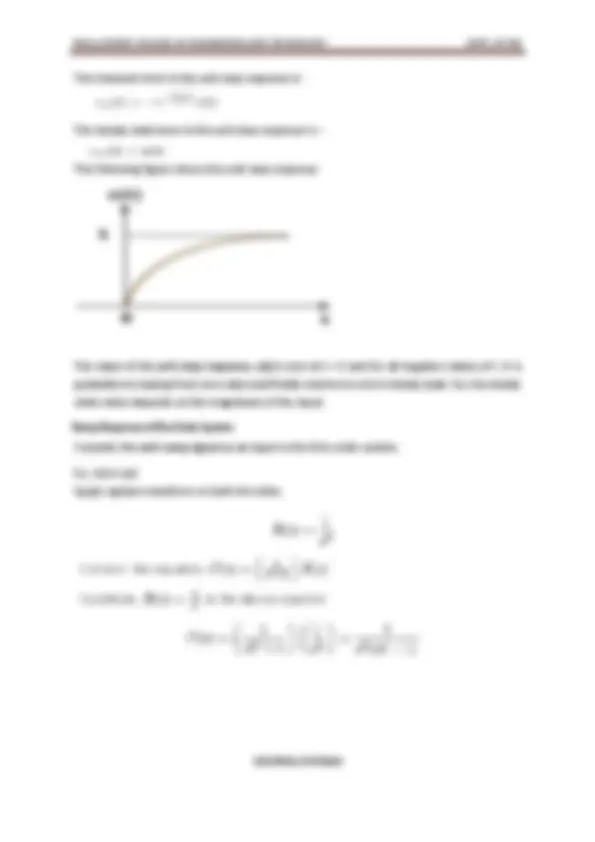
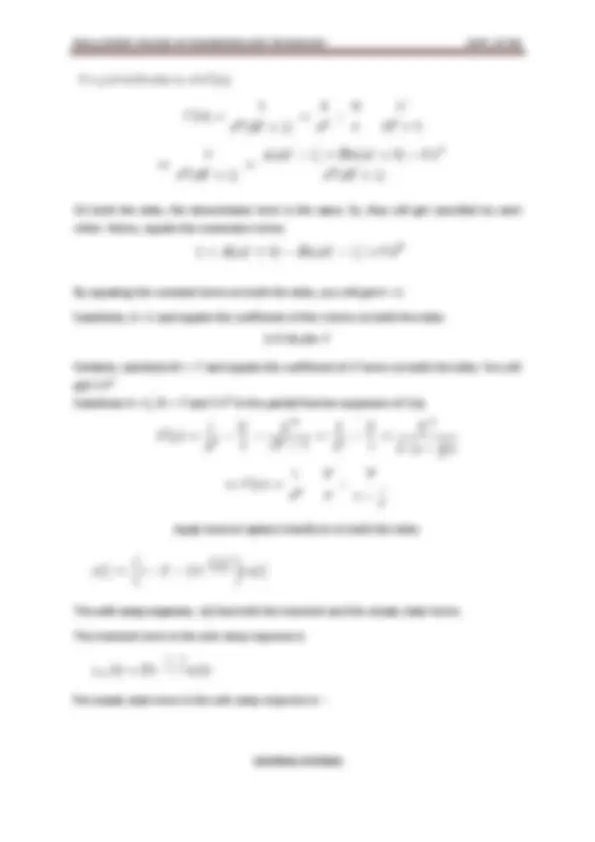
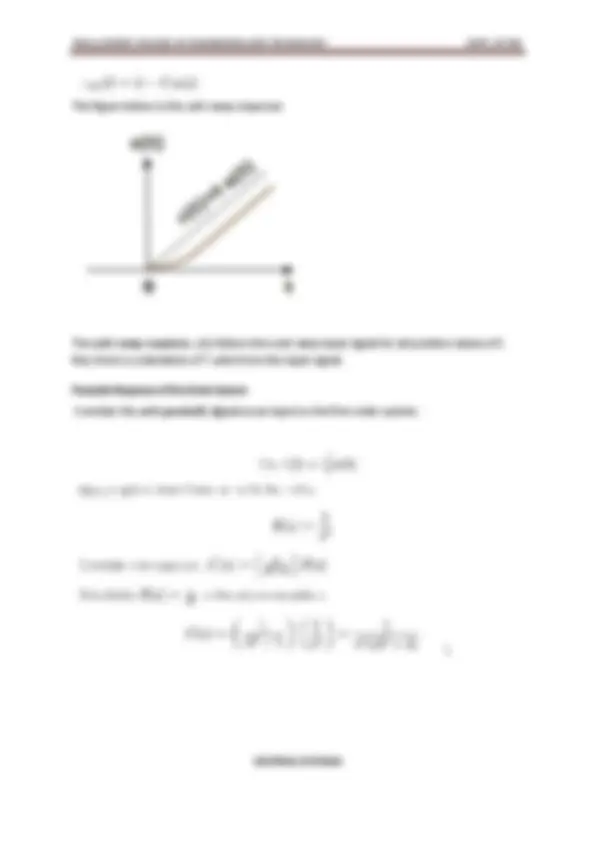
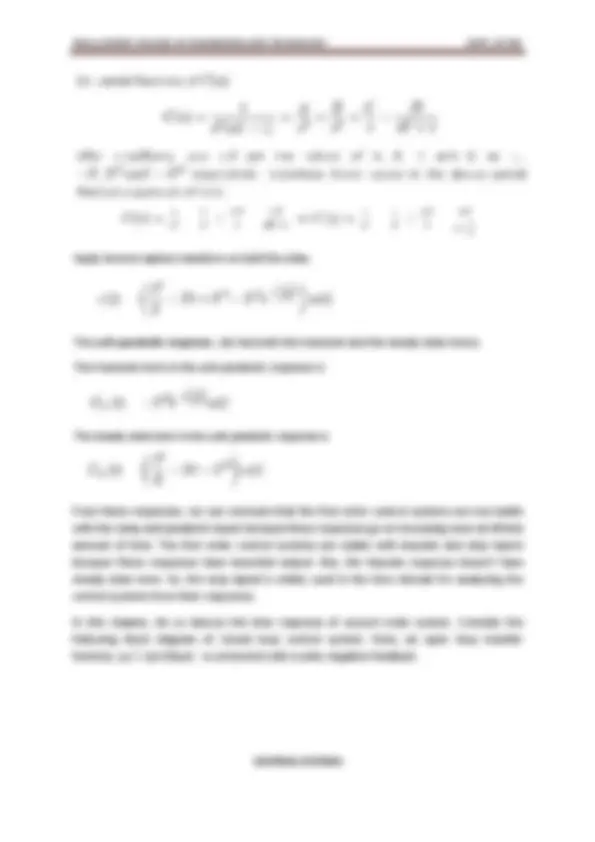
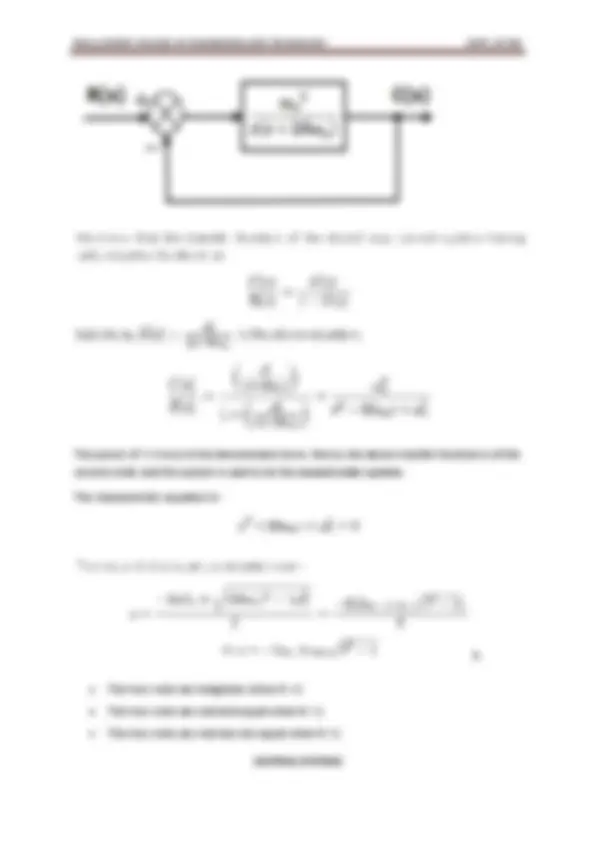
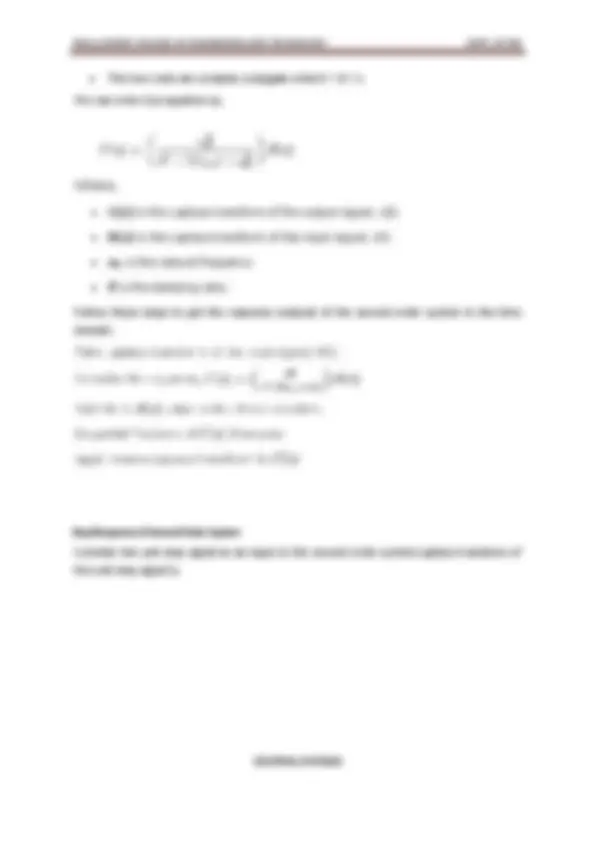
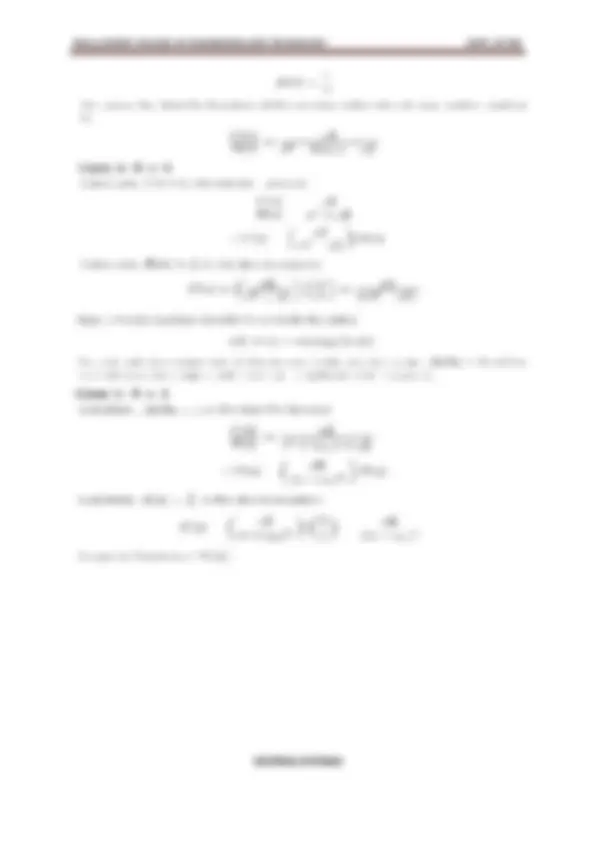

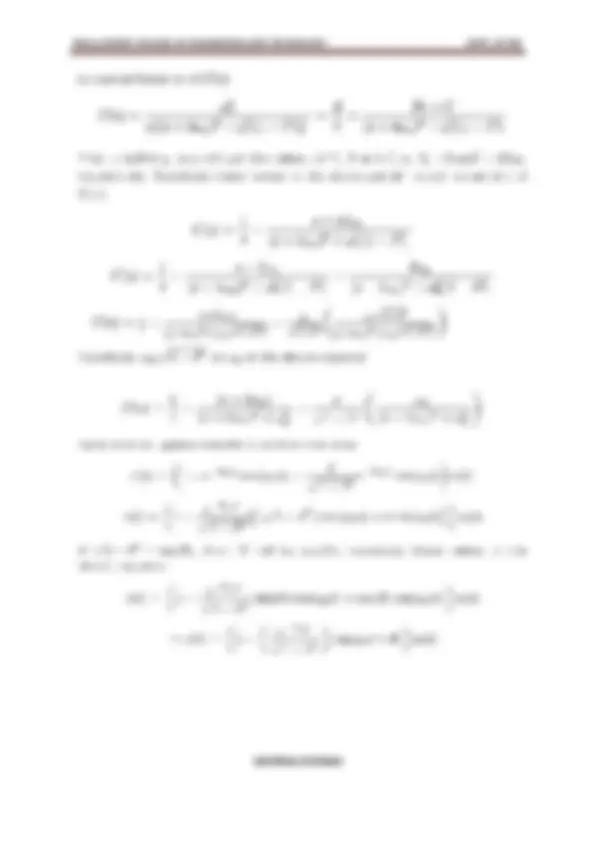
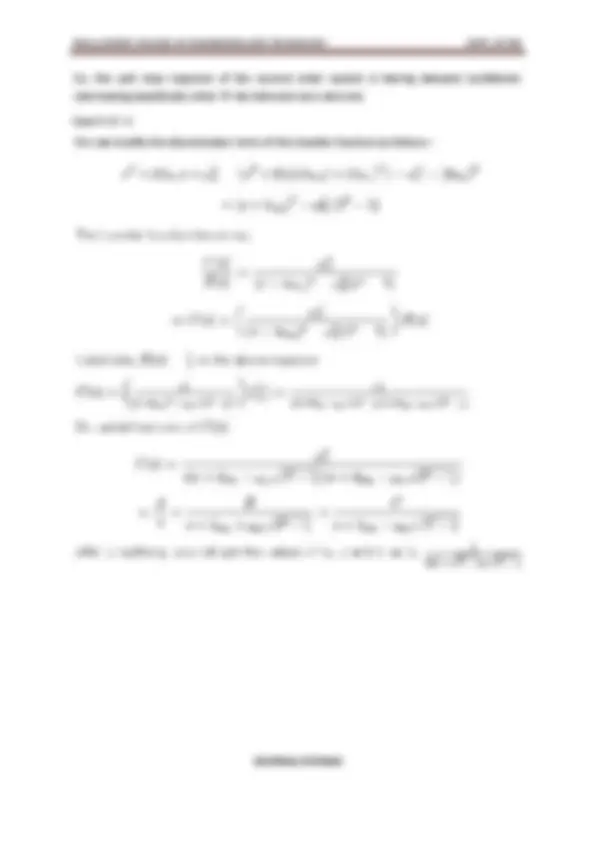
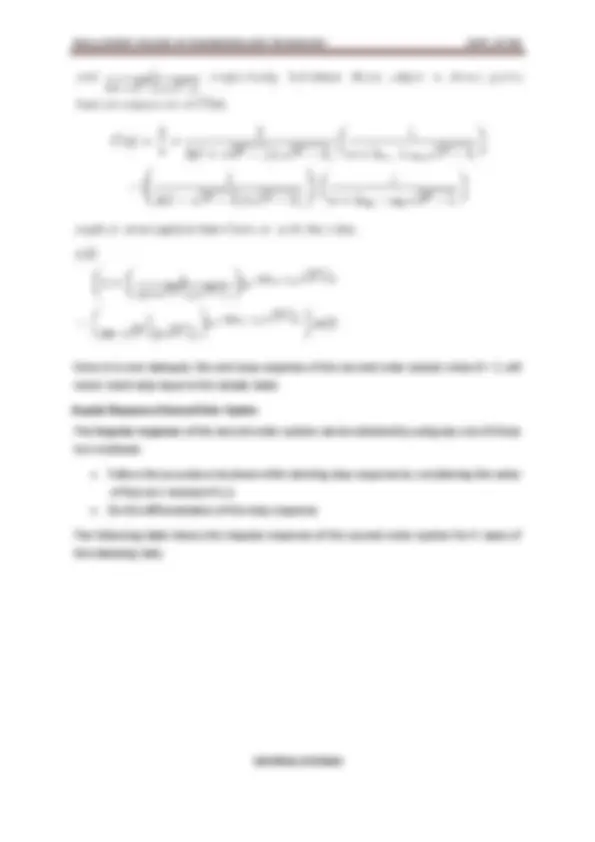
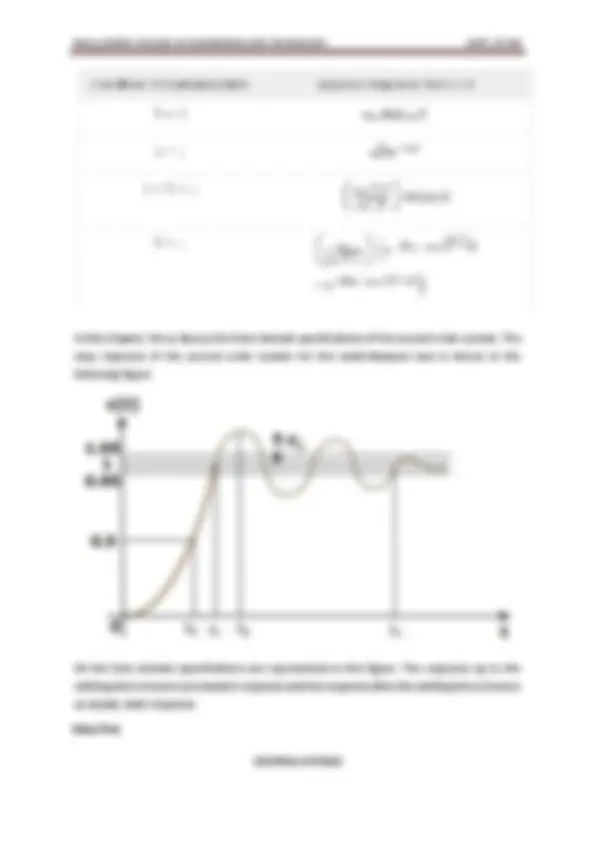
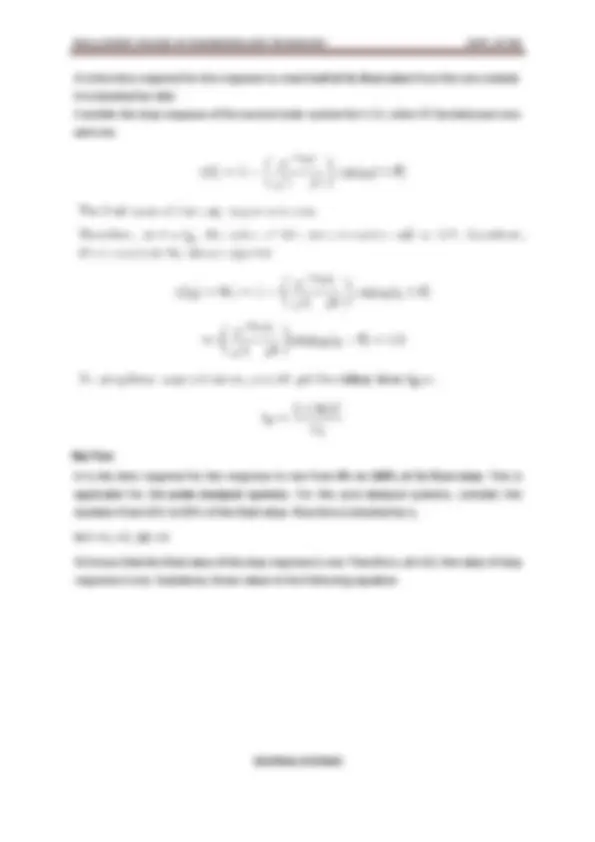
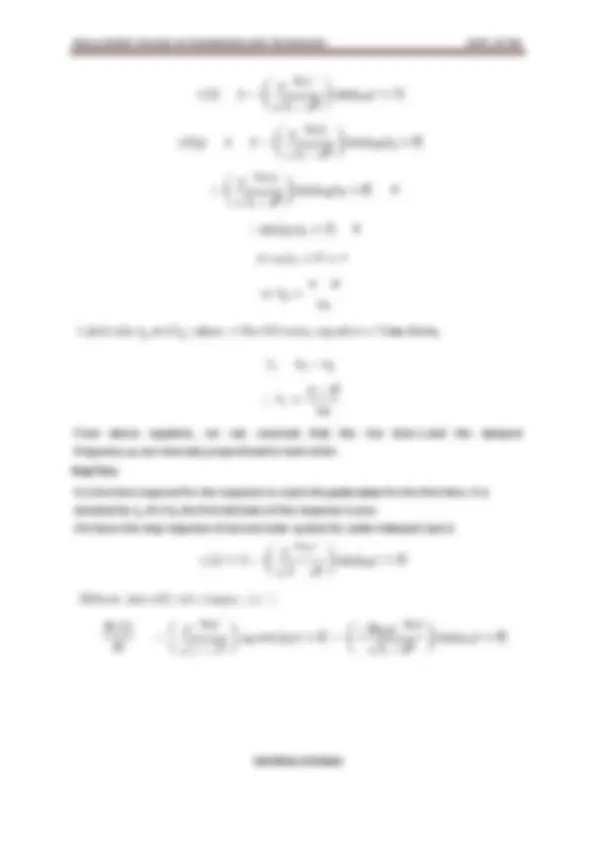
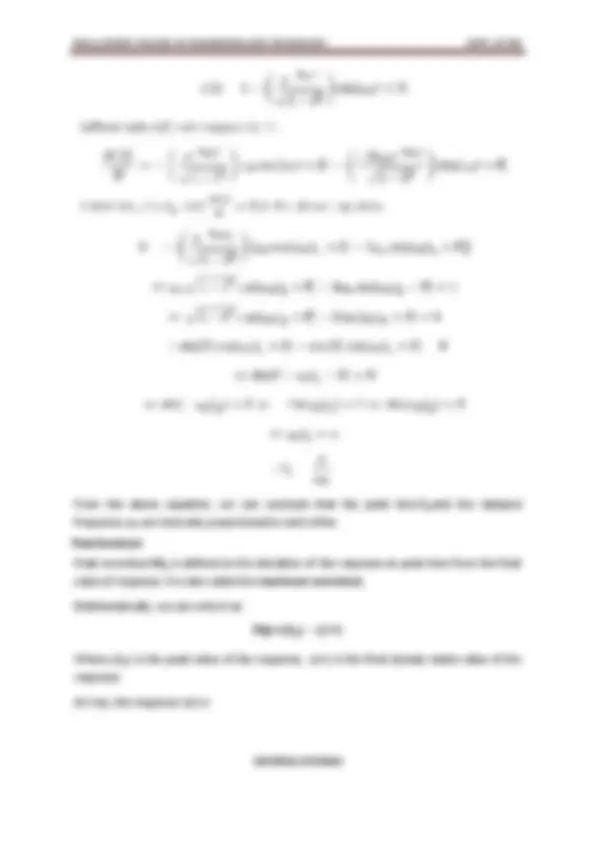
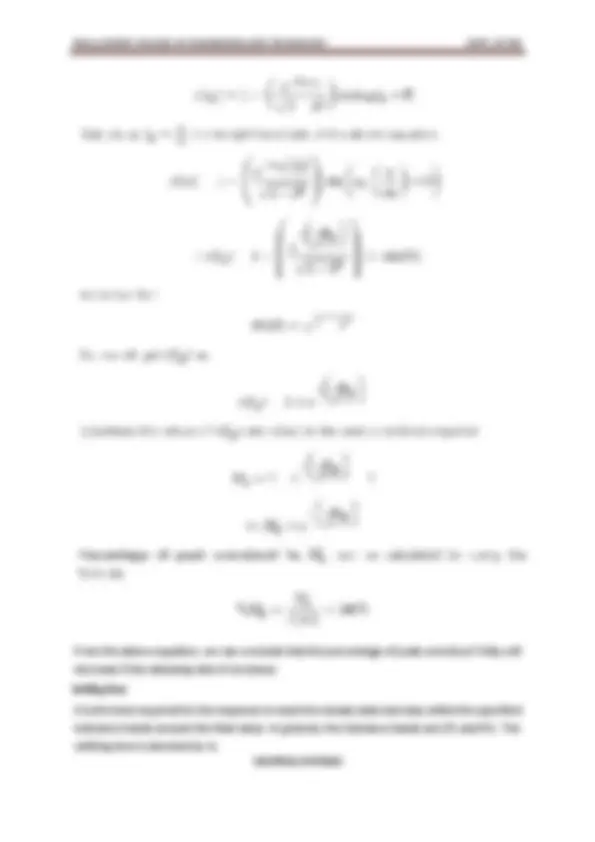
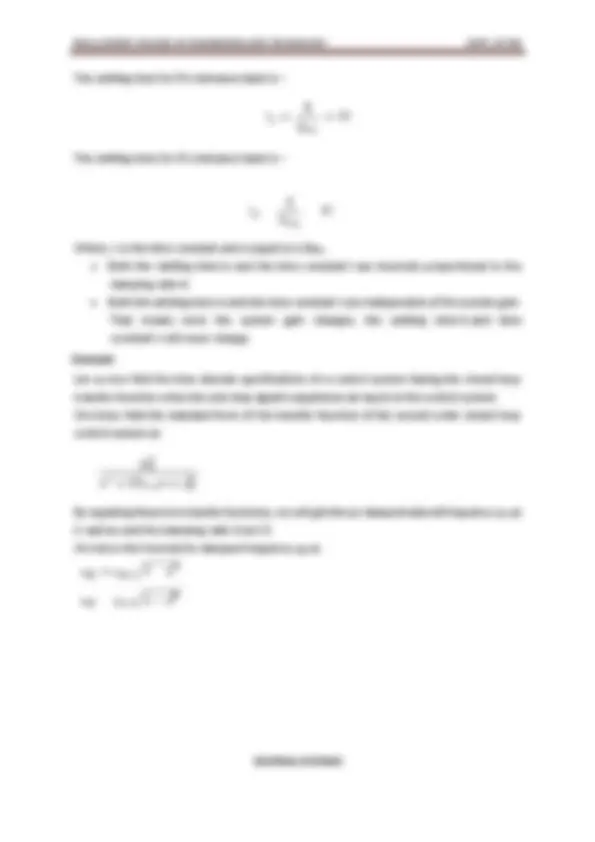
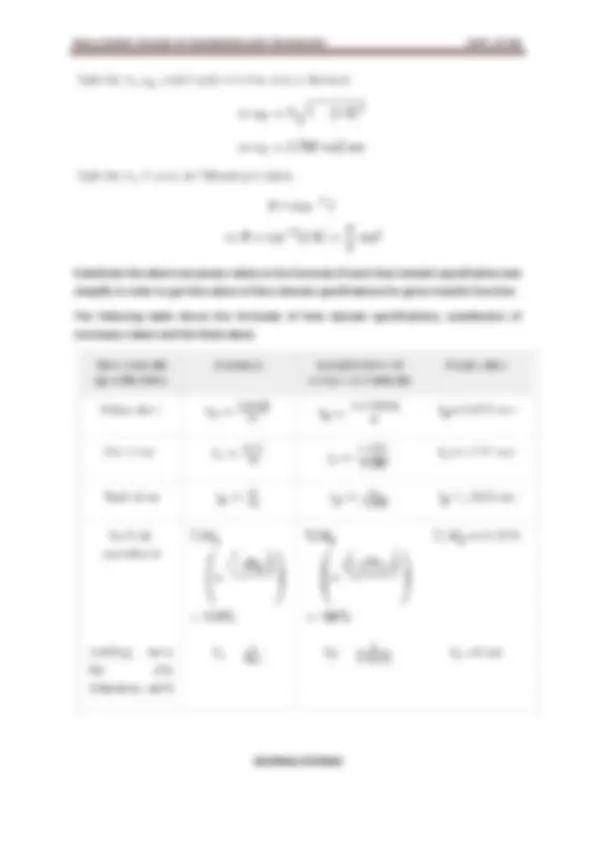
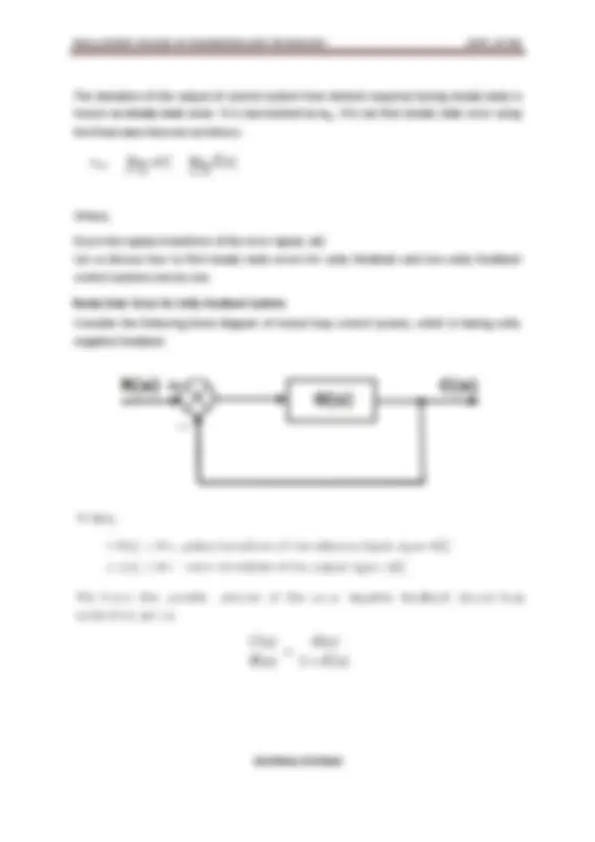
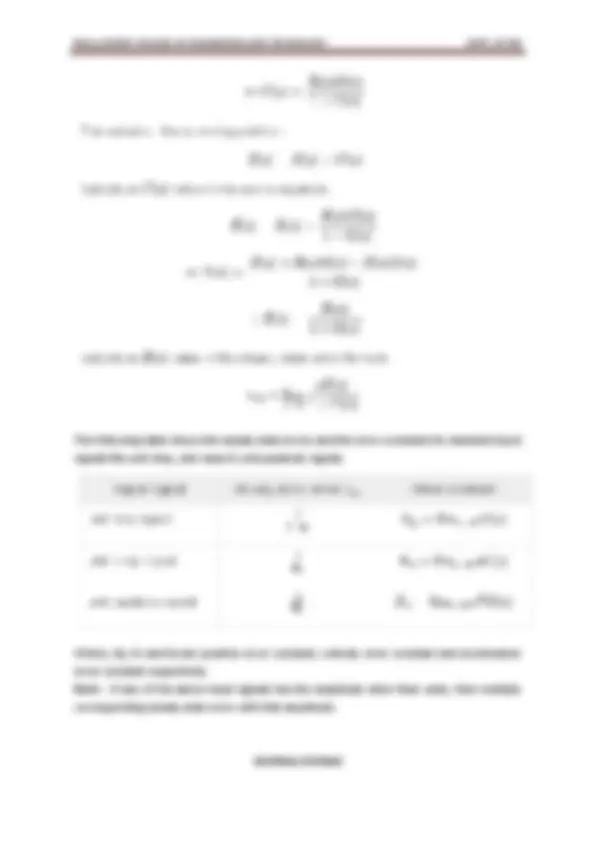
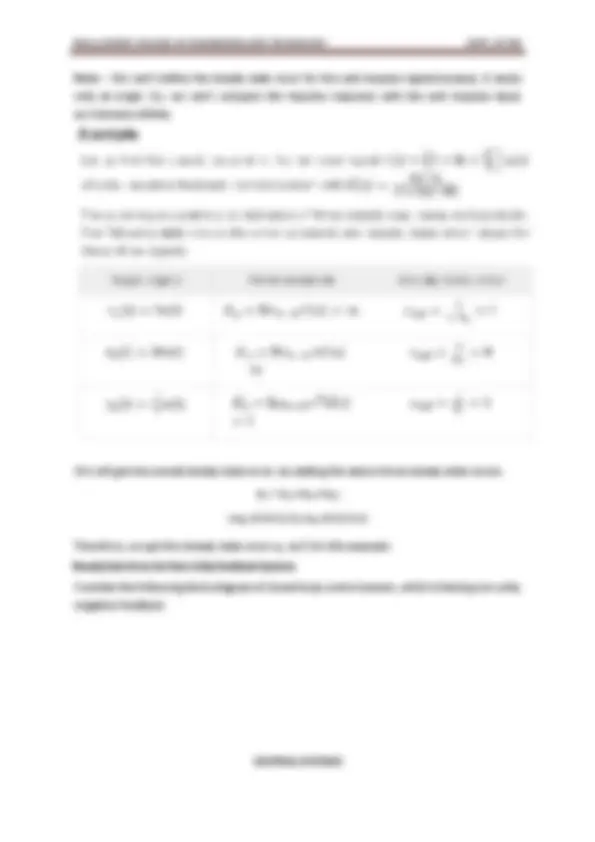
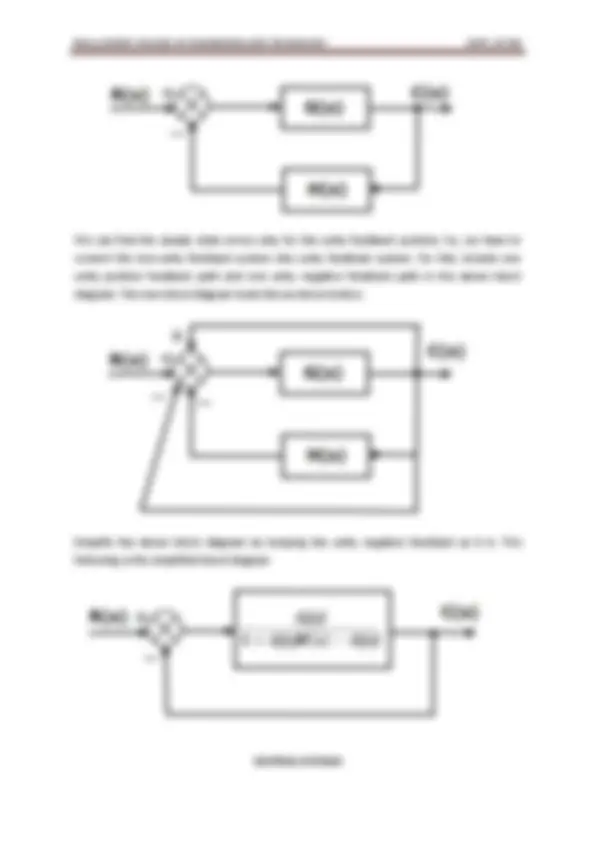
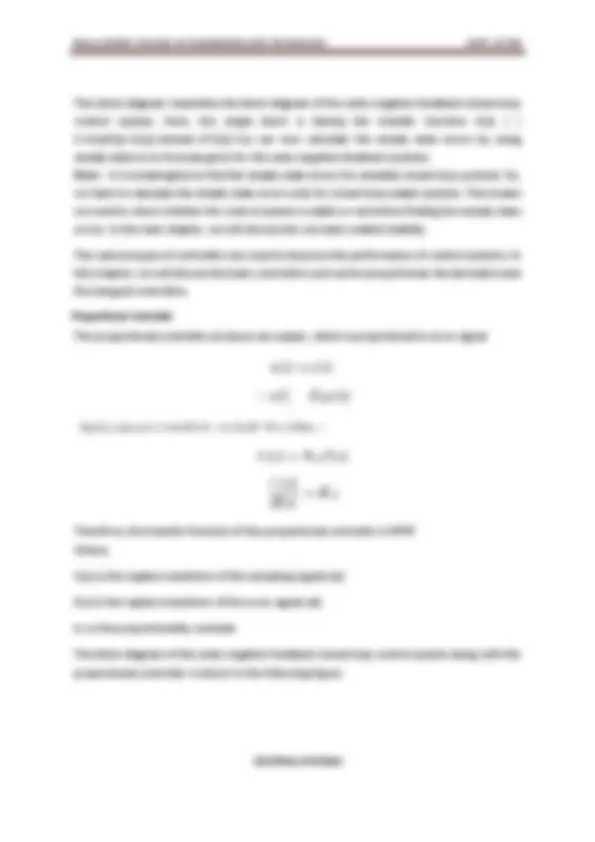
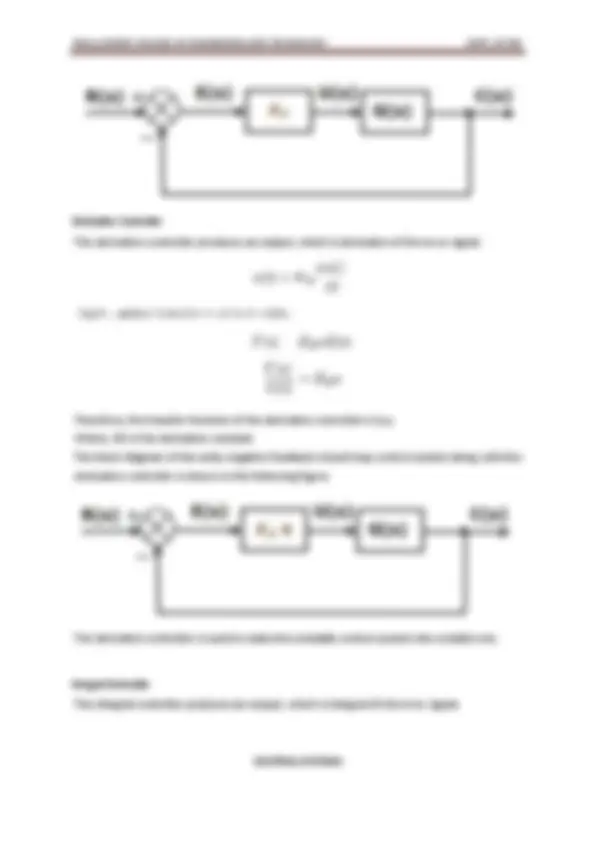
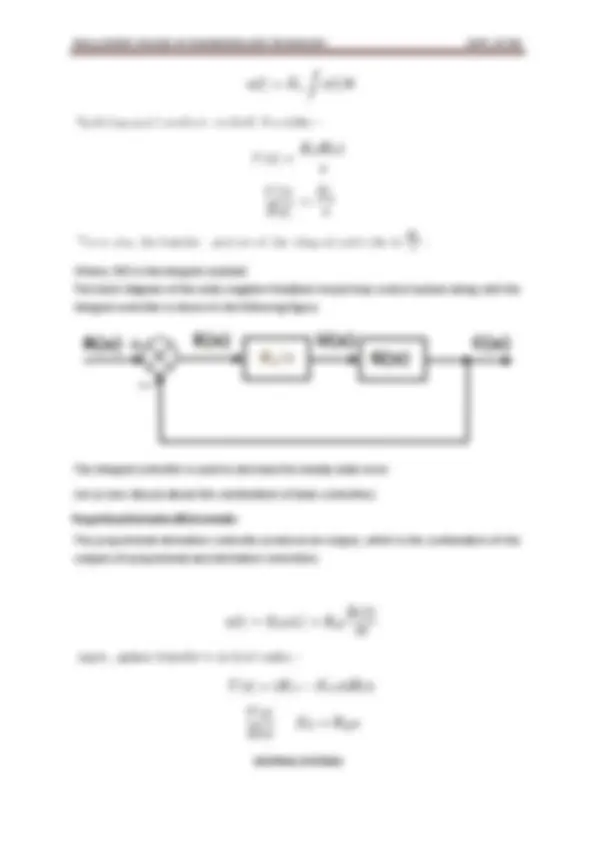
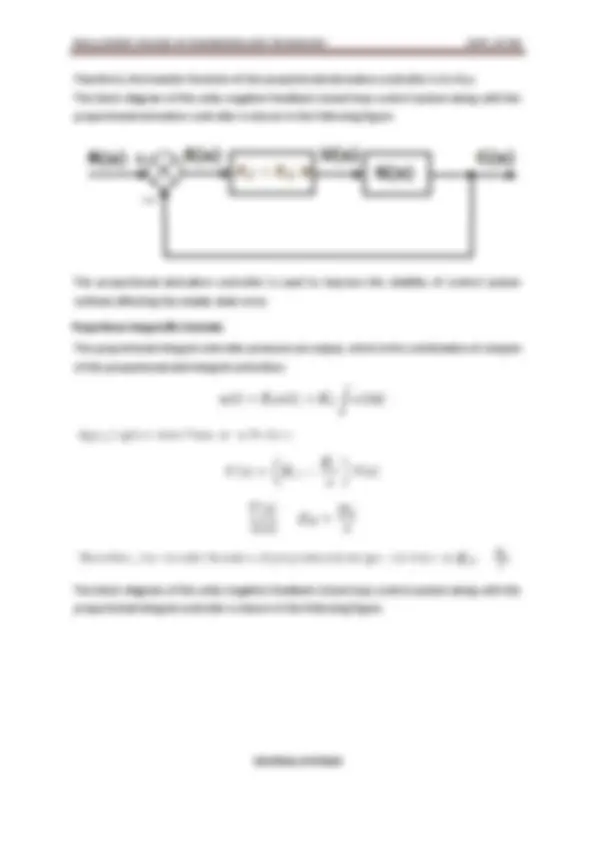
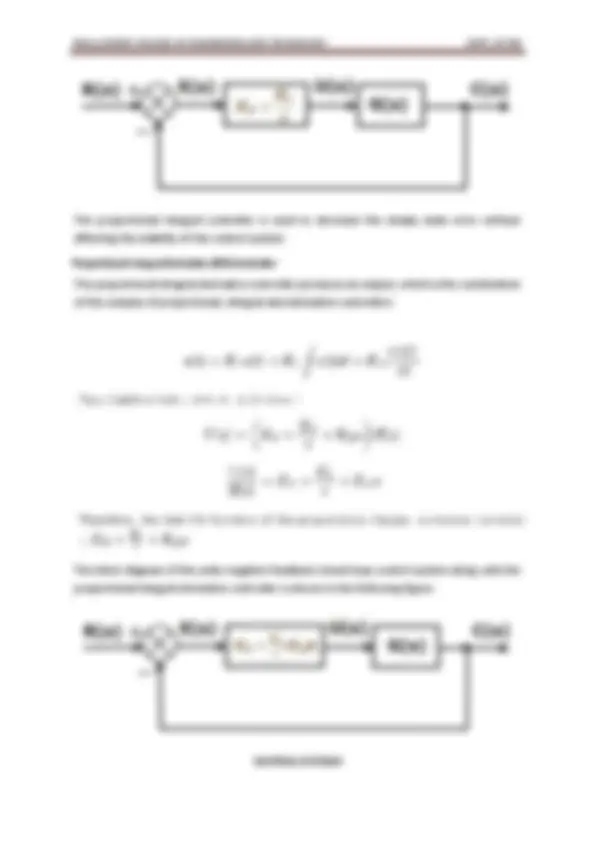
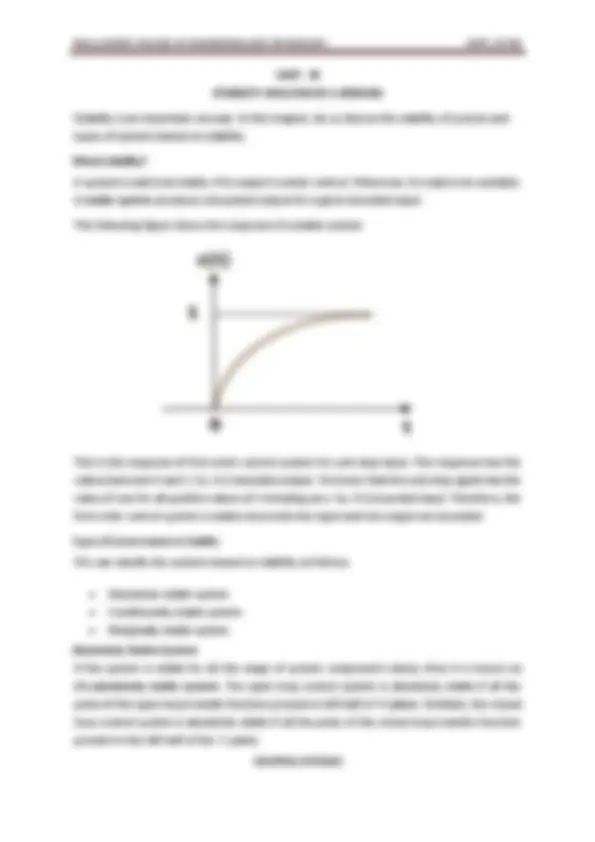
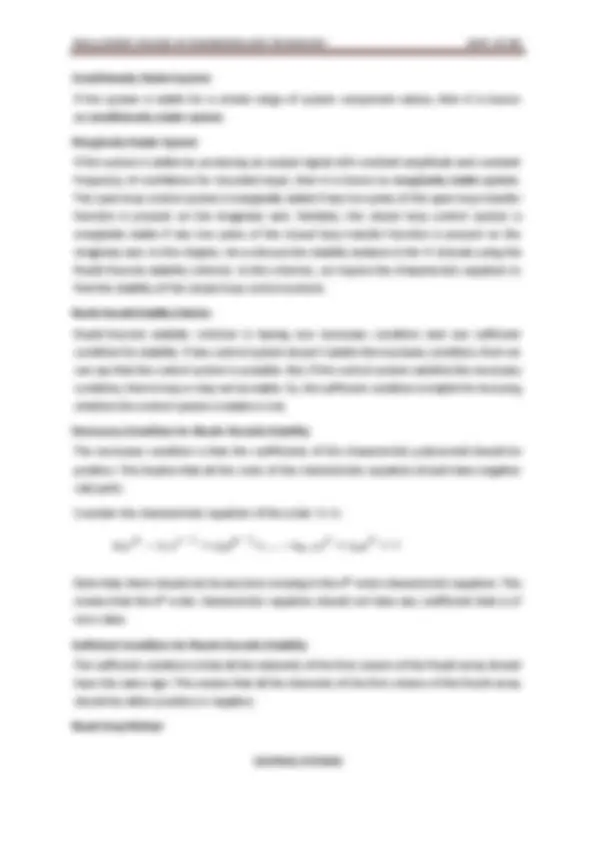
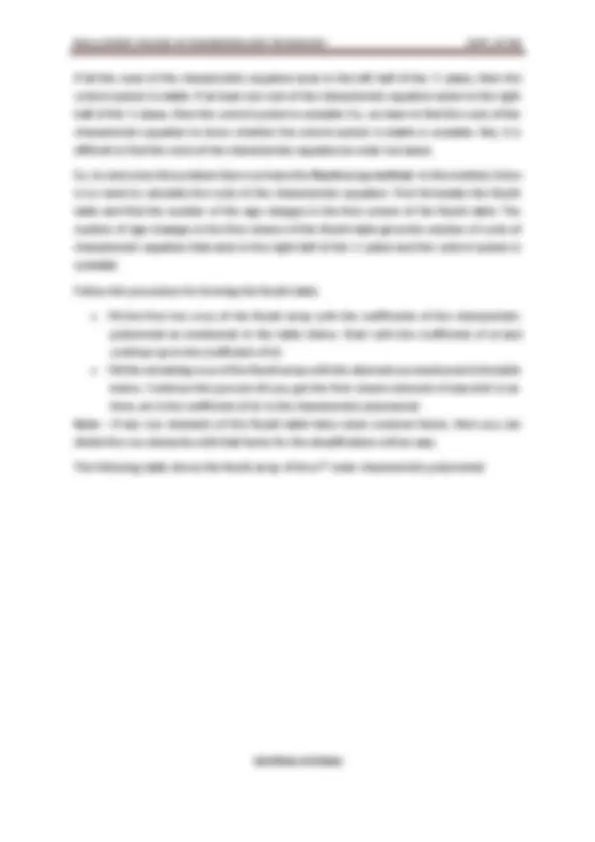
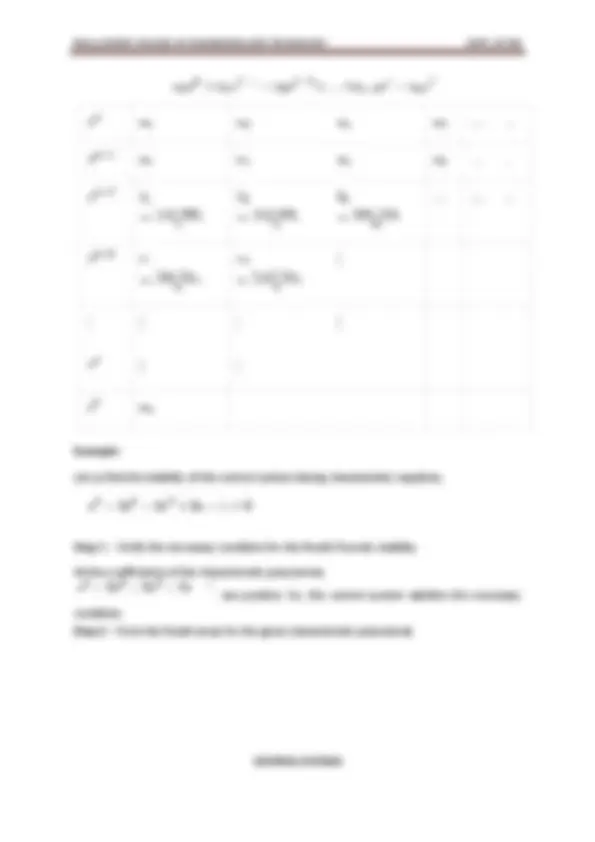
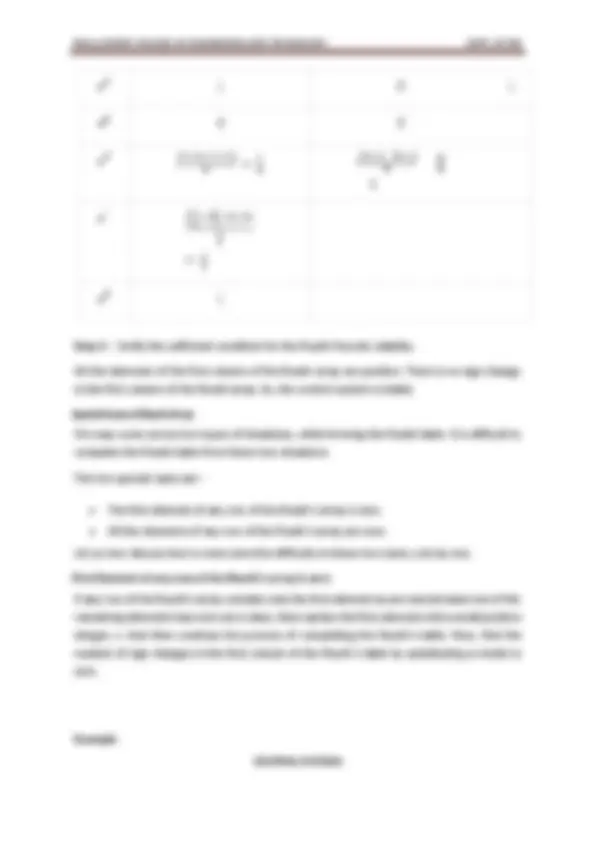
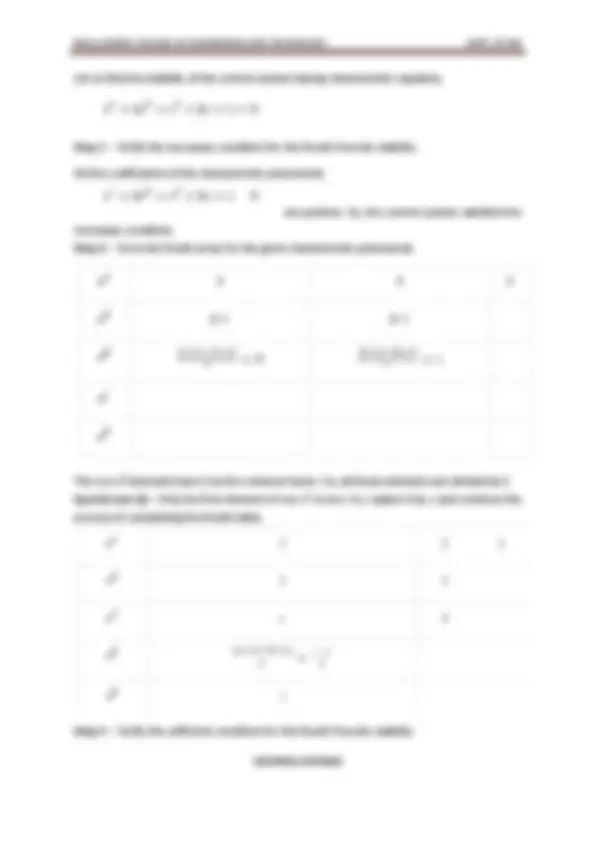
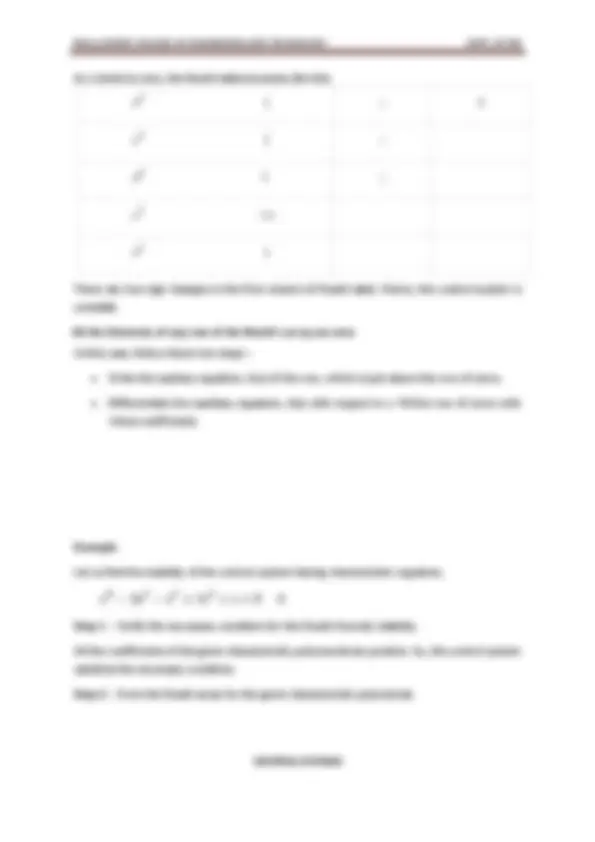
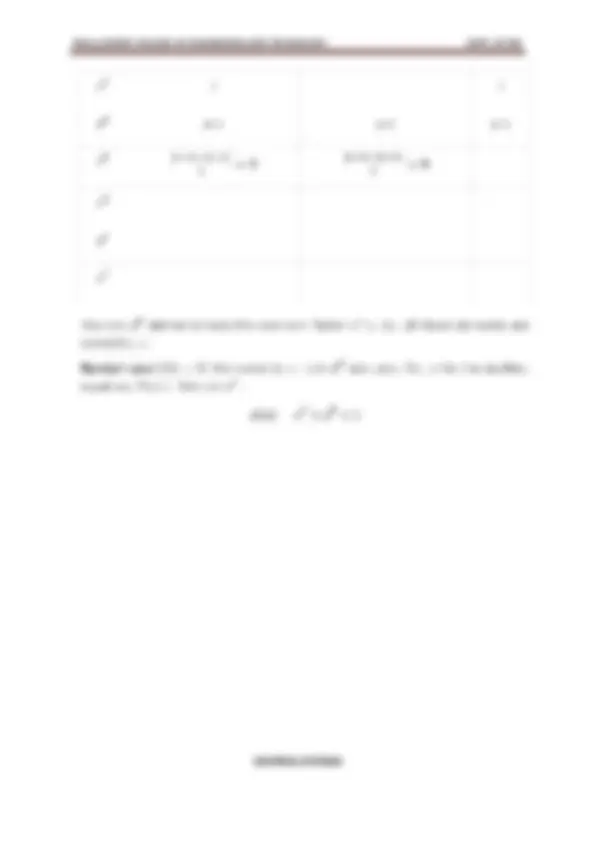
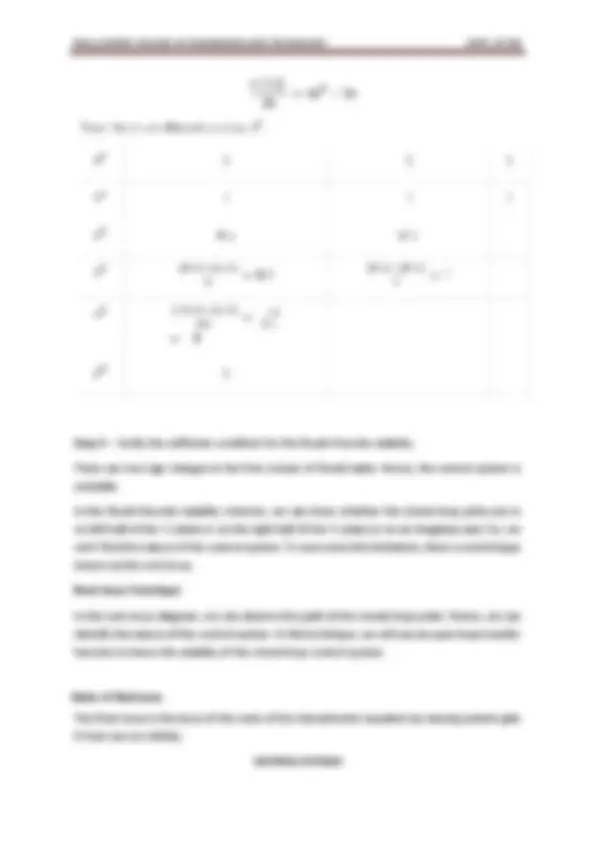
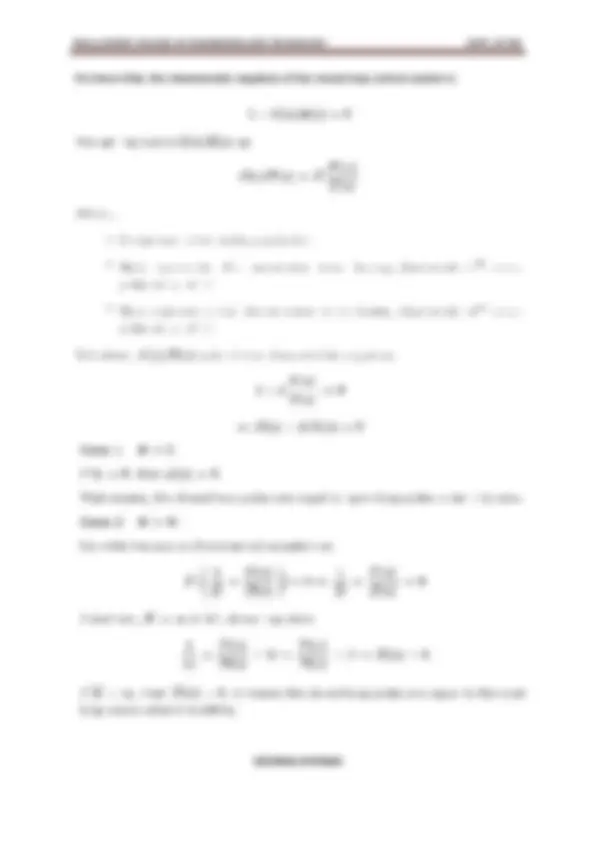
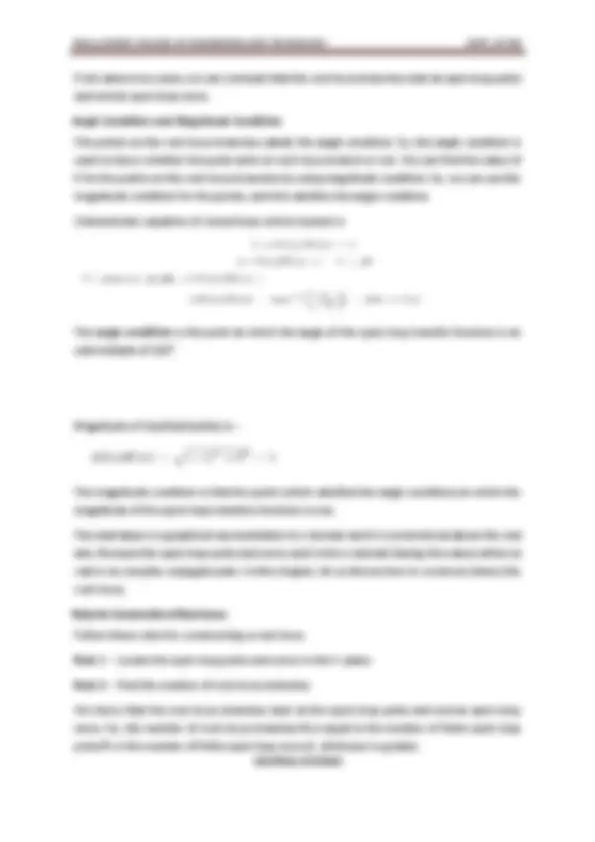
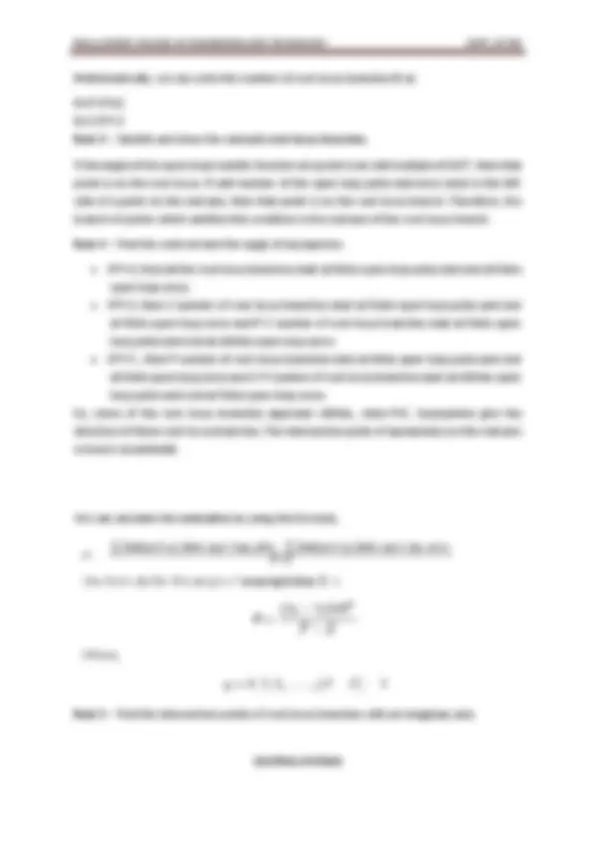
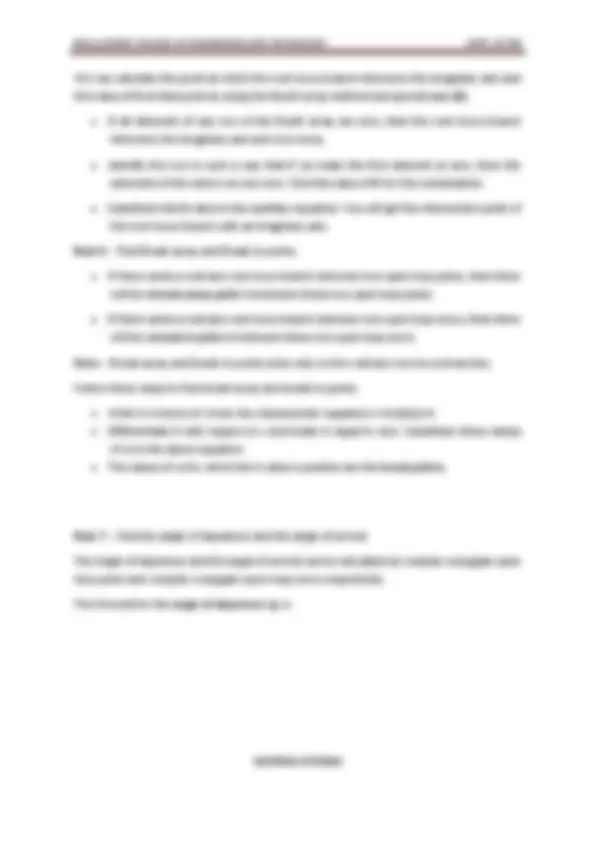
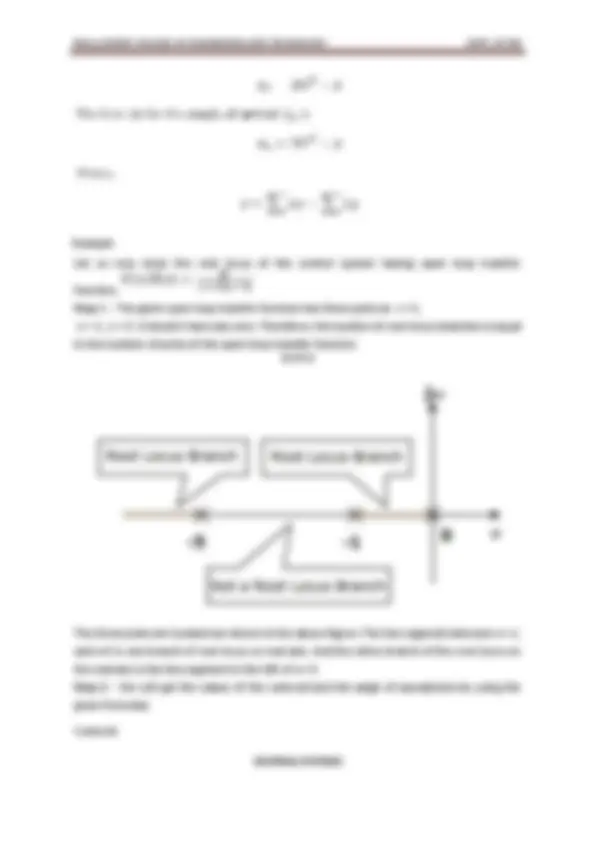
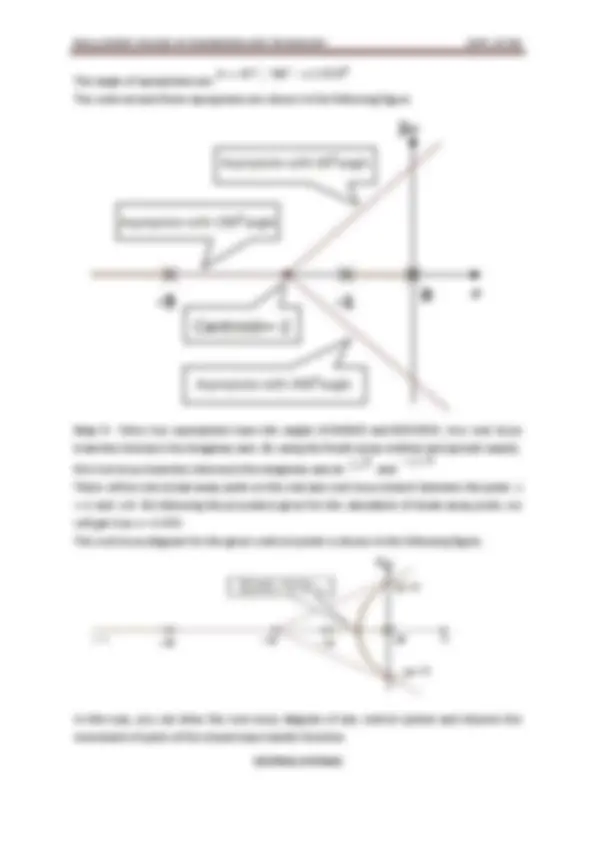
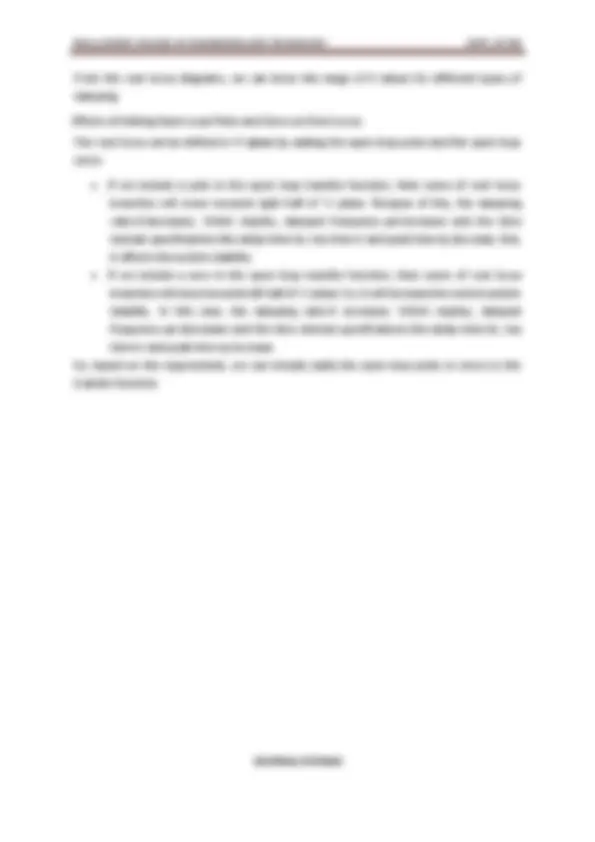
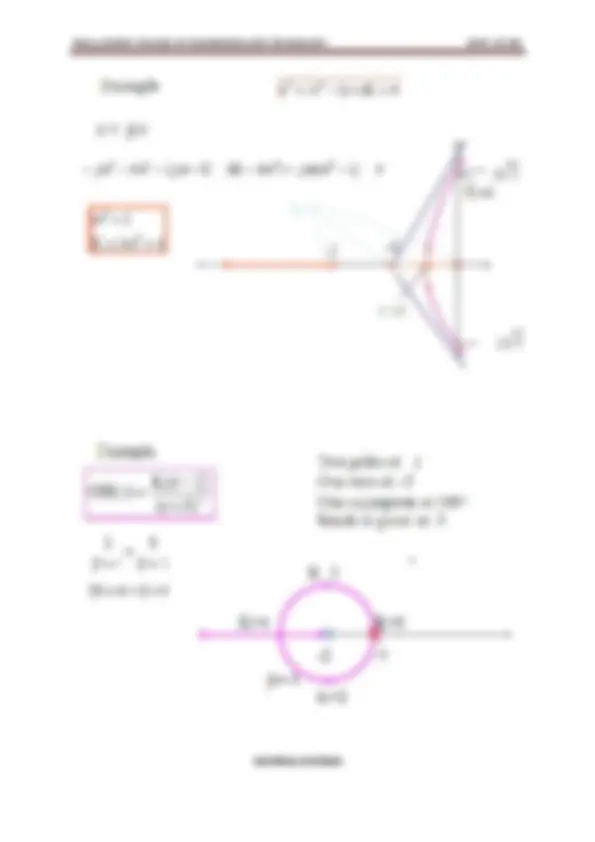
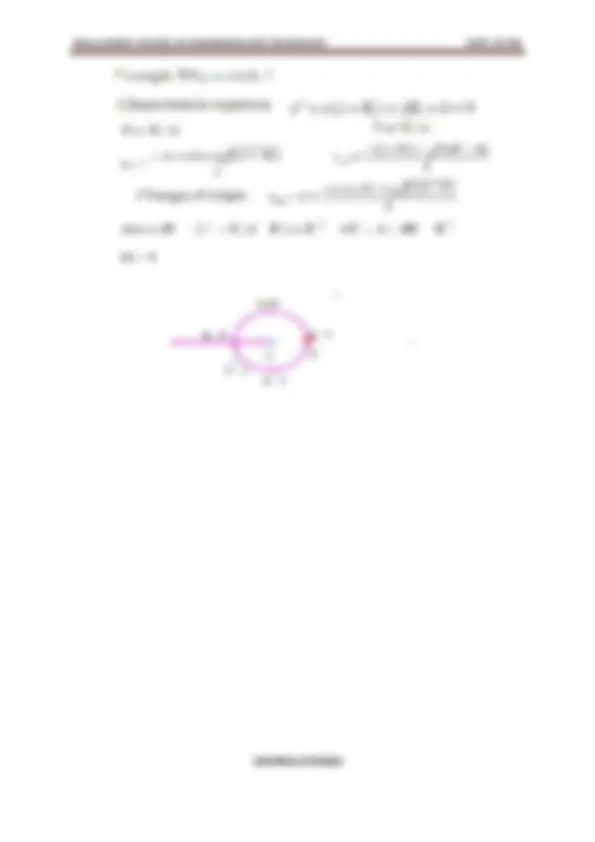
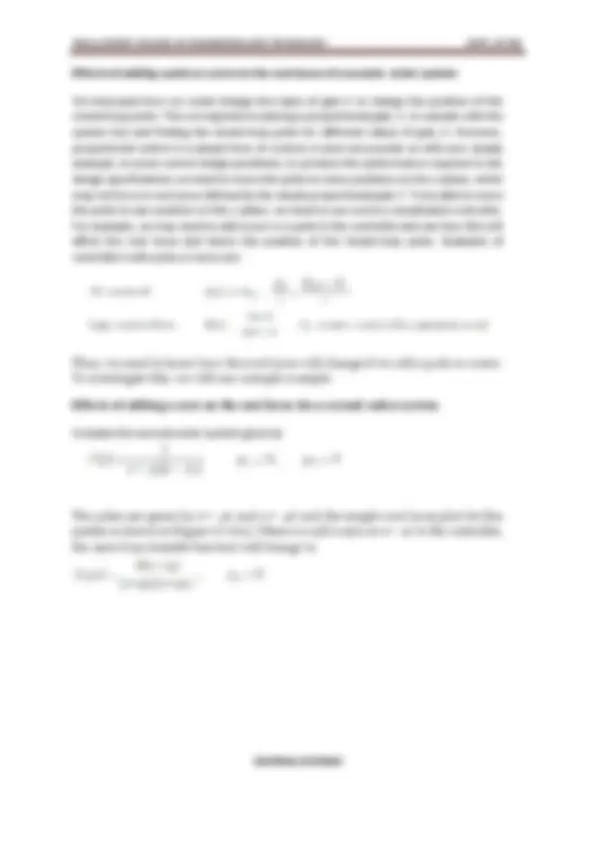
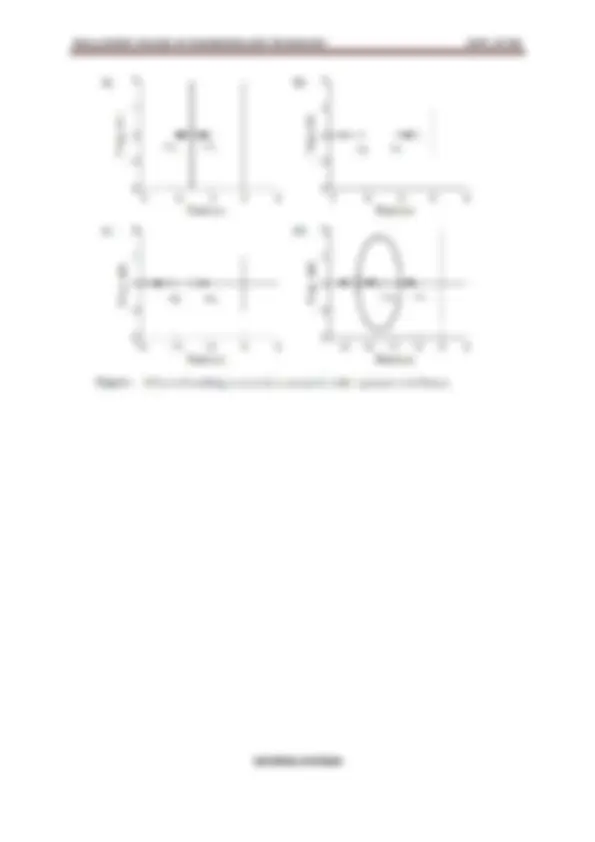


Study with the several resources on Docsity

Earn points by helping other students or get them with a premium plan


Prepare for your exams
Study with the several resources on Docsity

Earn points to download
Earn points by helping other students or get them with a premium plan
Community
Ask the community for help and clear up your study doubts
Discover the best universities in your country according to Docsity users
Free resources
Download our free guides on studying techniques, anxiety management strategies, and thesis advice from Docsity tutors
Lecture notes on Electronics Engineering
Typology: Schemes and Mind Maps
1 / 130

This page cannot be seen from the preview
Don't miss anything!





























































































(Autonomous Institution – UGC, Govt. of India) Recognized under 2(f) and 12 (B) of UGC ACT 1956 (Affiliated to JNTUH, Hyderabad, Approved by AICTE - Accredited by NBA & NAAC – ‘A’ Grade - ISO 9001:2015 Certified) Maisammaguda, Dhulapally (Post Via. Kompally), Secunderabad – 500100, Telangana State, India
II Year B.Tech. EEE-II Sem L T/P/D C 3 1/ - /- 3 (R18AO209) CONTROL SYSTEMS COURSE OBJECTIVES: The main objectives of the course are: Introduce the principles and applications of linear control systems and Laplace transform. The basic concepts of block diagram reduction, transfer function representation, time response and time domain analysis, solutions to linear time invariant systems. Study and analyze the different methods of stability analysis. UNIT - I: Introduction: Concept of control system, Classification of control systems - Open loop and closed loop control systems, Differences, Examples of control systems- Effects of feedback, Feedback Characteristics. Transfer Function Representation: Block diagram algebra, Determining the Transfer function from Block Diagrams, Signal flow graphs(SFG) - Reduction using Mason’s gain formula- Transfer function of SFG’s. UNIT - II: Time Response Analysis: Standard test signals, Time response of first order systems, Characteristic Equation of Feedback control systems, Transient response of second order systems - Time domain specifications, Steady state response, Steady state errors and error constants.PID controllers: Effects of proportional derivative, proportional integral systems on steady state error. UNIT - III: Stability Analysis in S-Domain: The concept of stability – Routh-Hurwitz’s stability criterion – qualitative stability and conditional stability – Limitations of Routh-Hurwitz’s stability. Root Locus Technique: Concept of root locus - Construction of root locus, Effects of adding poles and zeros to G(s) H(s) on the root loci. UNIT - IV: Frequency Response Analysis: Introduction, Frequency domain specifications, Bode plot diagrams-Determination of Phase margin and Gain margin, Stability analysis from Bode plots, Polar plots. UNIT - V: State Space Analysis of Continuous Systems: Concepts of state, state variables and state model, Derivation of state models from block diagrams, Diagonalization, Solving the time invariant state equations, State Transition Matrix and it’s properties, Concepts of Controllability and Observability. TEXT BOOKS:
A control system manages commands, directs or regulates the behavior of other devices or systems using control loops. It can range from a single home heating controller using a thermostat controlling a domestic boiler to large Industrial control systems which are used for controlling processes or machines. A control system is a system, which provides the desired response by controlling the output. The following figure shows the simple block diagram of a control system. Examples − Traffic lights control system, washing machine Traffic lights control system is an example of control system. Here, a sequence of input signal is applied to this control system and the output is one of the three lights that will be on for some duration of time. During this time, the other two lights will be off. Based on the traffic study at a particular junction, the on and off times of the lights can be determined. Accordingly, the input signal controls the output. So, the traffic lights control system operates on time basis. Classification of Control Systems Based on some parameters, we can classify the control systems into the following ways. Continuous time and Discrete-time Control Systems Control Systems can be classified as continuous time control systems and discrete time control systems based on the type of the signal used. In continuous time control systems, all the signals are continuous in time. But, in discrete time control systems, there exists one or more discrete time signals. SISO and MIMO Control Systems Control Systems can be classified as SISO control systems and MIMO control systems based on the number of inputs and outputs present. SISO (Single Input and Single Output) control systems have one input and one output. Whereas, MIMO (Multiple Inputs and Multiple Outputs) control systems have more than one input and more than one output.
Open Loop and Closed Loop Control Systems Control Systems can be classified as open loop control systems and closed loop control systems based on the feedback path. In open loop control systems , output is not fed-back to the input. So, the control action is independent of the desired output. The following figure shows the block diagram of the open loop control system. Here, an input is applied to a controller and it produces an actuating signal or controlling signal. This signal is given as an input to a plant or process which is to be controlled. So, the plant produces an output, which is controlled. The traffic lights control system which we discussed earlier is an example of an open loop control system. In closed loop control systems , output is fed back to the input. So, the control action is dependent on the desired output. The following figure shows the block diagram of negative feedback closed loop control system. The error detector produces an error signal, which is the difference between the input and the feedback signal. This feedback signal is obtained from the block (feedback elements) by considering the output of the overall system as an input to this block. Instead of the direct input, the error signal is applied as an input to a controller.
he concept of transfer function will be discussed in later chapters. For the time being, consider the transfer function of positive feedback control system is, Where, T is the transfer function or overall gain of positive feedback control system. G is the open loop gain, which is function of frequency. H is the gain of feedback path, which is function of frequency. Negative Feedback Negative feedback reduces the error between the reference input, R(s)R(s) and system output. The following figure shows the block diagram of the negative feedback control system. Transfer function of negative feedback control system is,
Where, T is the transfer function or overall gain of negative feedback control system. G is the open loop gain, which is function of frequency. H is the gain of feedback path, which is function of frequency. The derivation of the above transfer function is present in later chapters. Effects of Feedback Let us now understand the effects of feedback. Effect of Feedback on Overall Gain From Equation 2, we can say that the overall gain of negative feedback closed loop control system is the ratio of 'G' and (1+GH). So, the overall gain may increase or decrease depending on the value of (1+GH). If the value of (1+GH) is less than 1, then the overall gain increases. In this case, 'GH' value is negative because the gain of the feedback path is negative. If the value of (1+GH) is greater than 1, then the overall gain decreases. In this case, 'GH' value is positive because the gain of the feedback path is positive. In general, 'G' and 'H' are functions of frequency. So, the feedback will increase the overall gain of the system in one frequency range and decrease in the other frequency range. Effect of Feedback on Sensitivity Sensitivity of the overall gain of negative feedback closed loop control system ( T ) to the variation in open loop gain ( G ) is defined as
The control systems can be represented with a set of mathematical equations known as mathematical model. These models are useful for analysis and design of control systems. Analysis of control system means finding the output when we know the input and
mathematical model. Design of control system means finding the mathematical model when we know the input and the output. The following mathematical models are mostly used. Differential equation model Transfer function model State space model
Summing Point The summing point is represented with a circle having cross (X) inside it. It has two or more inputs and single output. It produces the algebraic sum of the inputs. It also performs the summation or subtraction or combination of summation and subtraction of the inputs based on the polarity of the inputs. Let us see these three operations one by one. The following figure shows the summing point with two inputs (A, B) and one output (Y). Here, the inputs A and B have a positive sign. So, the summing point produces the output, Y as sum of A and B i.e. = A + B. The following figure shows the summing point with two inputs (A, B) and one output (Y). Here, the inputs A and B are having opposite signs, i.e., A is having positive sign and B is having negative sign. So, the summing point produces the output Y as the difference of A and B i.e Y = A + (-B) = A - B.
The following figure shows the summing point with three inputs (A, B, C) and one output (Y). Here, the inputs A and B are having positive signs and C is having a negative sign. So, the summing point produces the output Y as Y = A + B + (−C) = A + B − C. Take-off Point The take-off point is a point from which the same input signal can be passed through more than one branch. That means with the help of take-off point, we can apply the same input to one or more blocks, summing points.In the following figure, the take-off point is used to connect the same input, R(s) to two more blocks.
That means we can represent the series connection of two blocks with a single block. The transfer function of this single block is the product of the transfer functions of those two blocks. The equivalent block diagram is shown below. Similarly, you can represent series connection of ‘n’ blocks with a single block. The transfer function of this single block is the product of the transfer functions of all those ‘n’ blocks. Parallel Connection The blocks which are connected in parallel will have the same input. In the following figure, two blocks having transfer functions G 1 (s)G1(s) and G 2 (s)G2(s) are connected in parallel. The outputs of these two blocks are connected to the summing point. That means we can represent the parallel connection of two blocks with a single block. The transfer function of this single block is the sum of the transfer functions of those two blocks. The equivalent block diagram is shown below.
Similarly, you can represent parallel connection of ‘n’ blocks with a single block. The transfer function of this single block is the algebraic sum of the transfer functions of all those ‘n’ blocks. Feedback Connection As we discussed in previous chapters, there are two types of feedback — positive feedback and negative feedback. The following figure shows negative feedback control system. Here, two blocks having transfer functions G(s)G(s) and H(s)H(s) form a closed loop. Therefore, the negative feedback closed loop transfer function is : This means we can represent the negative feedback connection of two blocks with a single block. The transfer function of this single block is the closed loop transfer function of the negative feedback. The equivalent block diagram is shown below.
Compare Equation 1 and Equation 2. The first term ‘G(s)R(s)′‘G(s)R(s)′ is same in both the equations. But, there is difference in the second term. In order to get the second term also same, we require one more block G(s)G(s). It is having the input X(s)X(s) and the output of this block is given as input to summing point instead of X(s)X(s). This block diagram is shown in the following figure.
Compare Equation 3 and Equation 4, The first term ‘G(s)R(s)′ is same in both equations. But, there is difference in the second term. In order to get the second term also same, we require one more block 1/G(s). It is having the